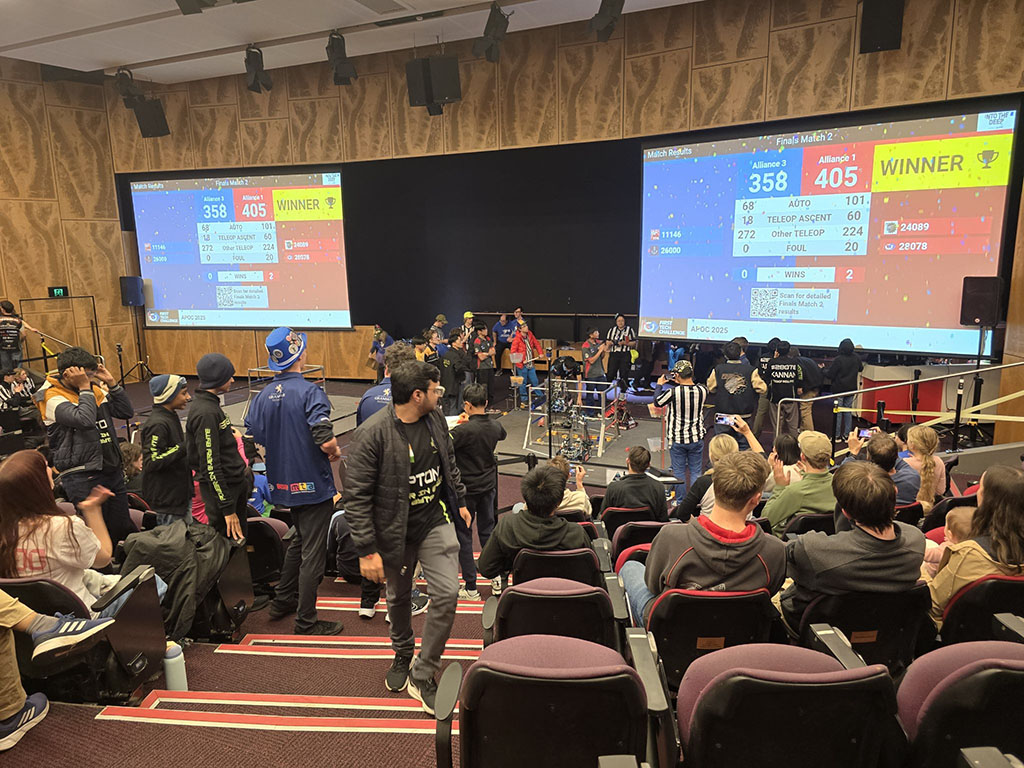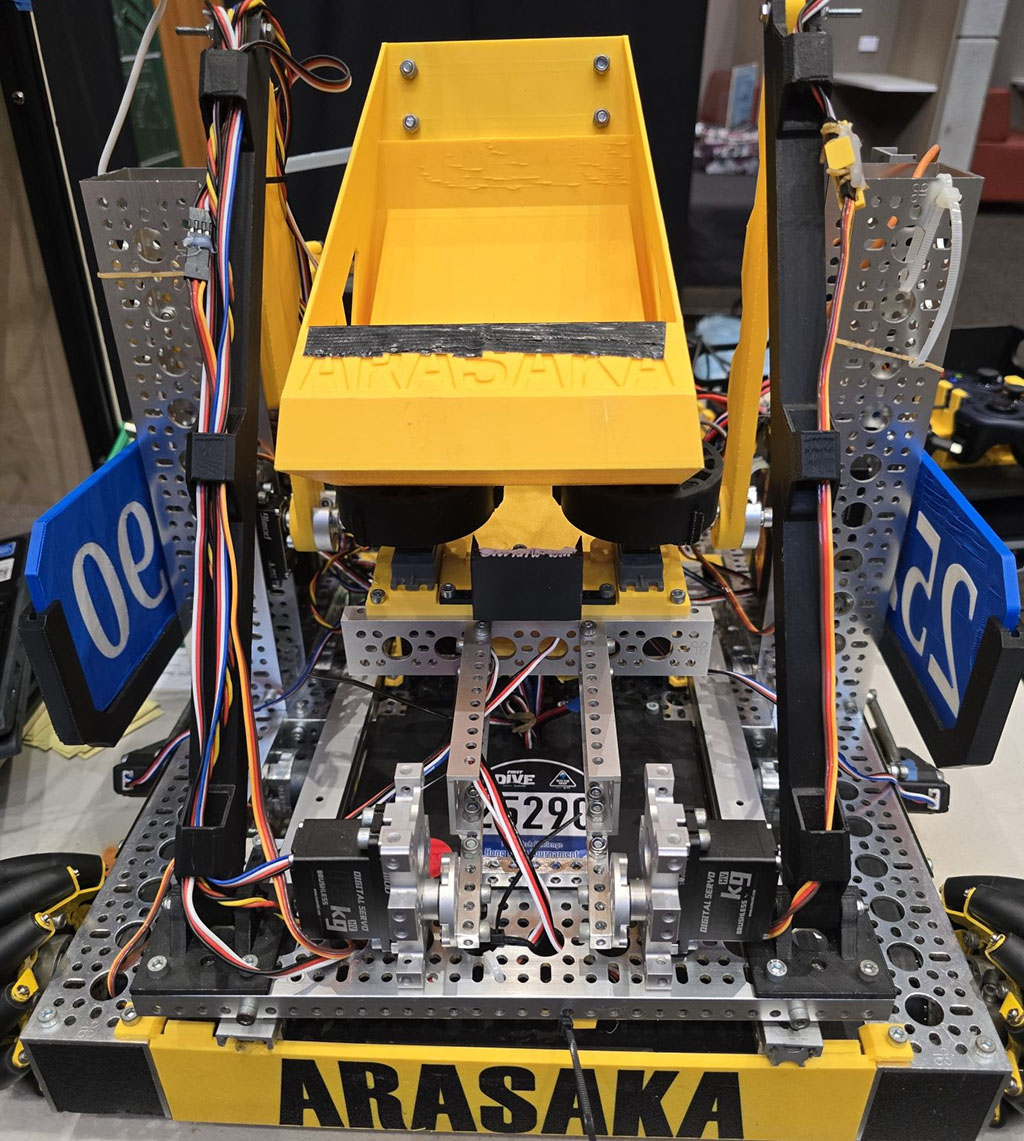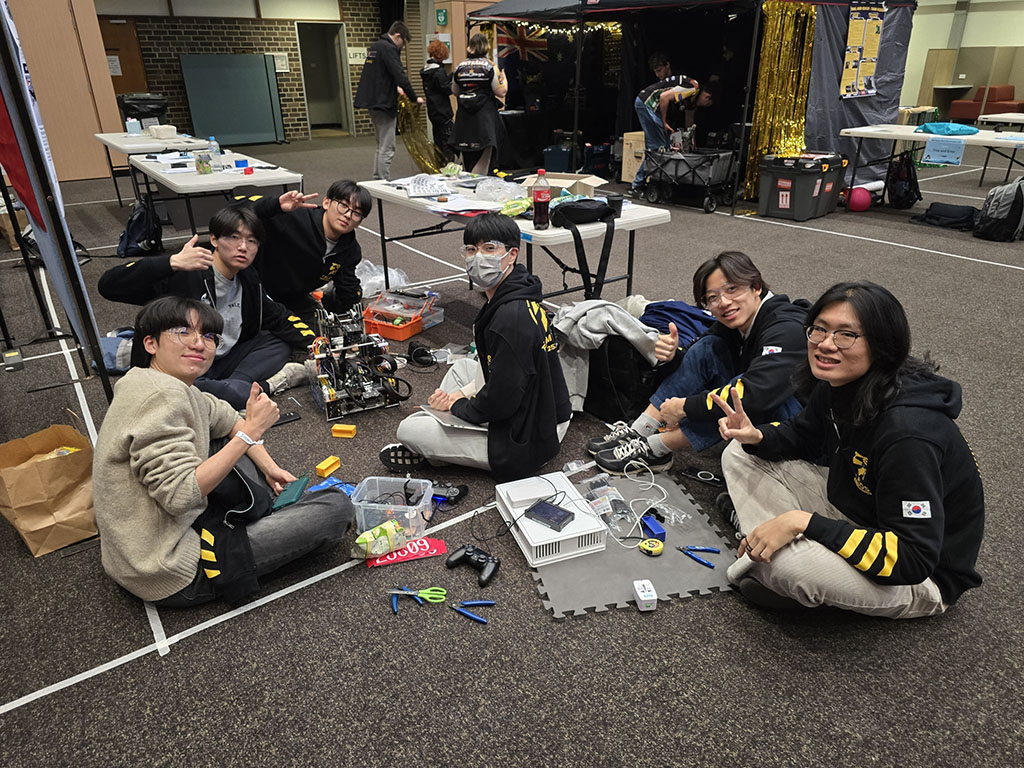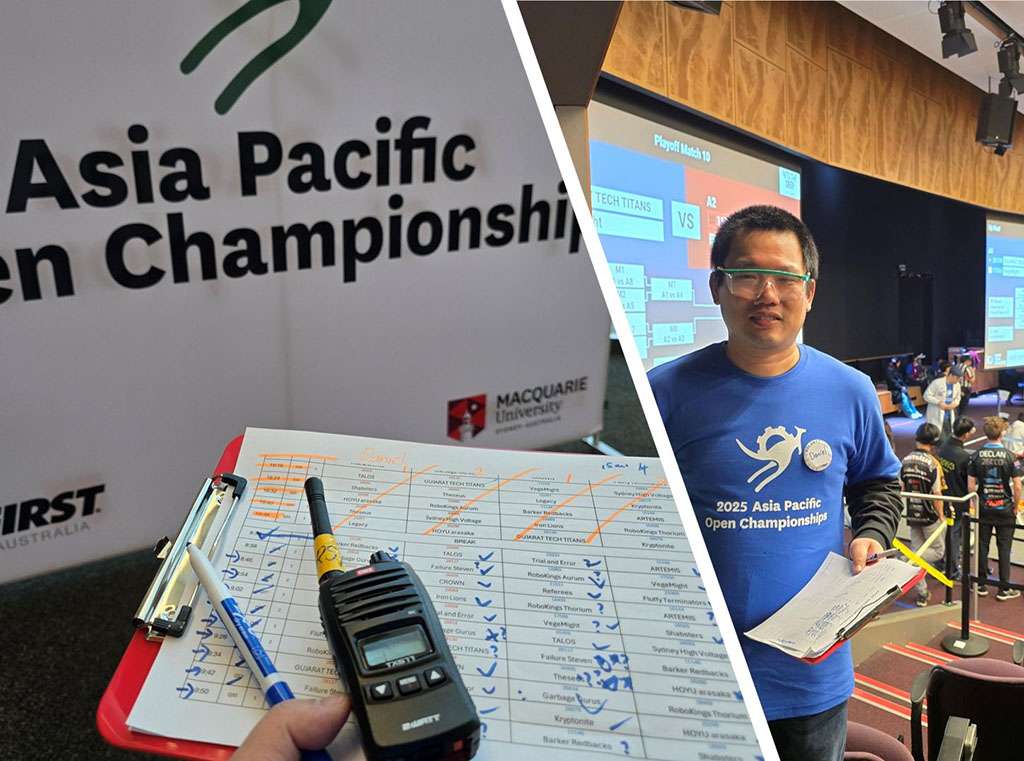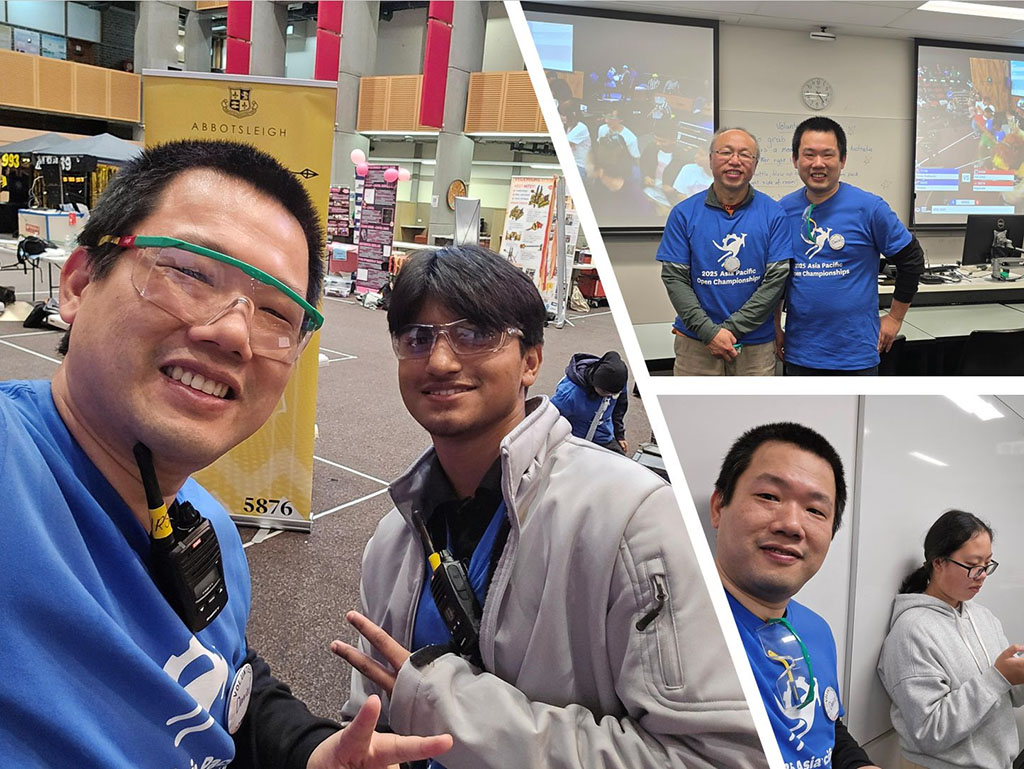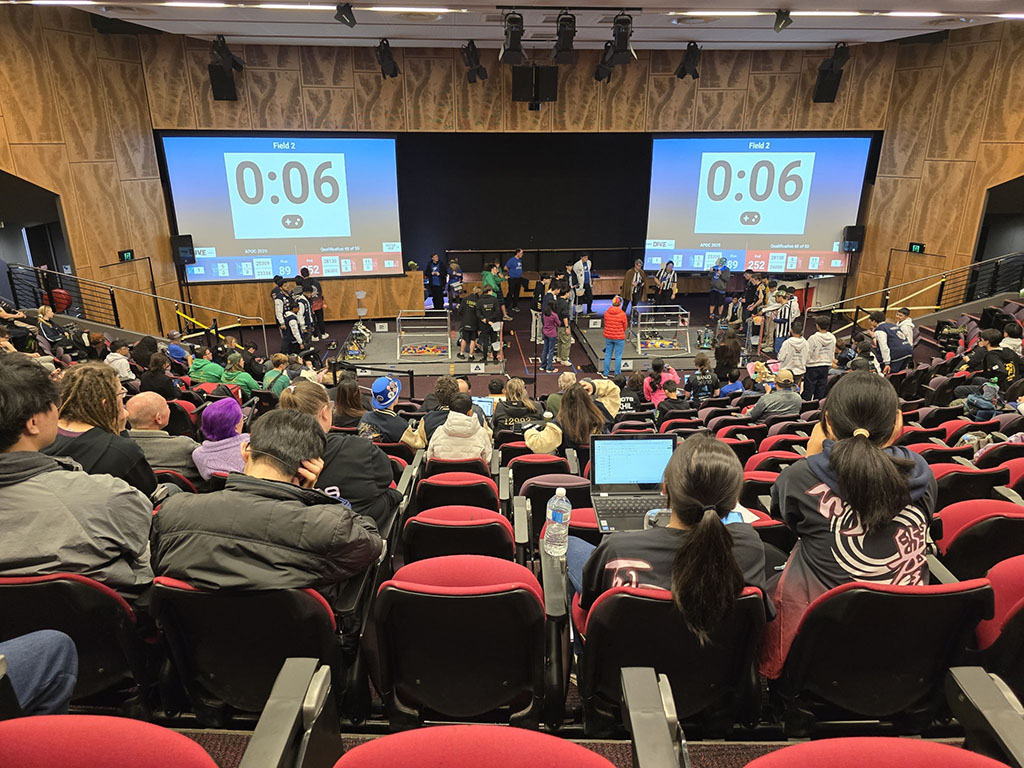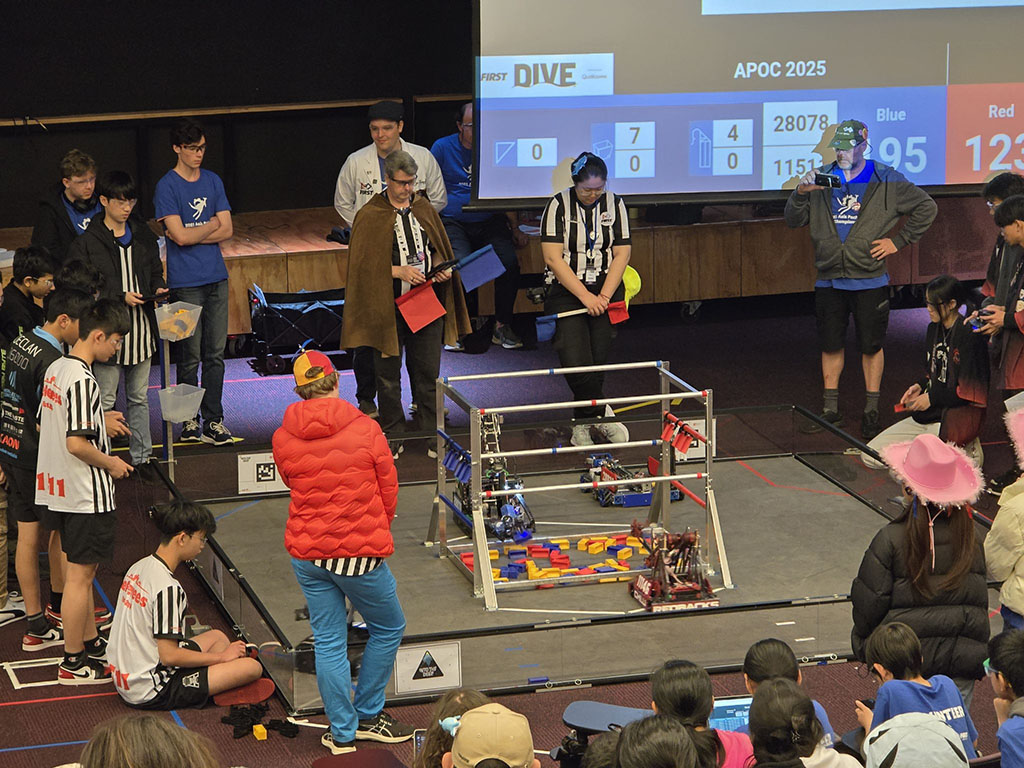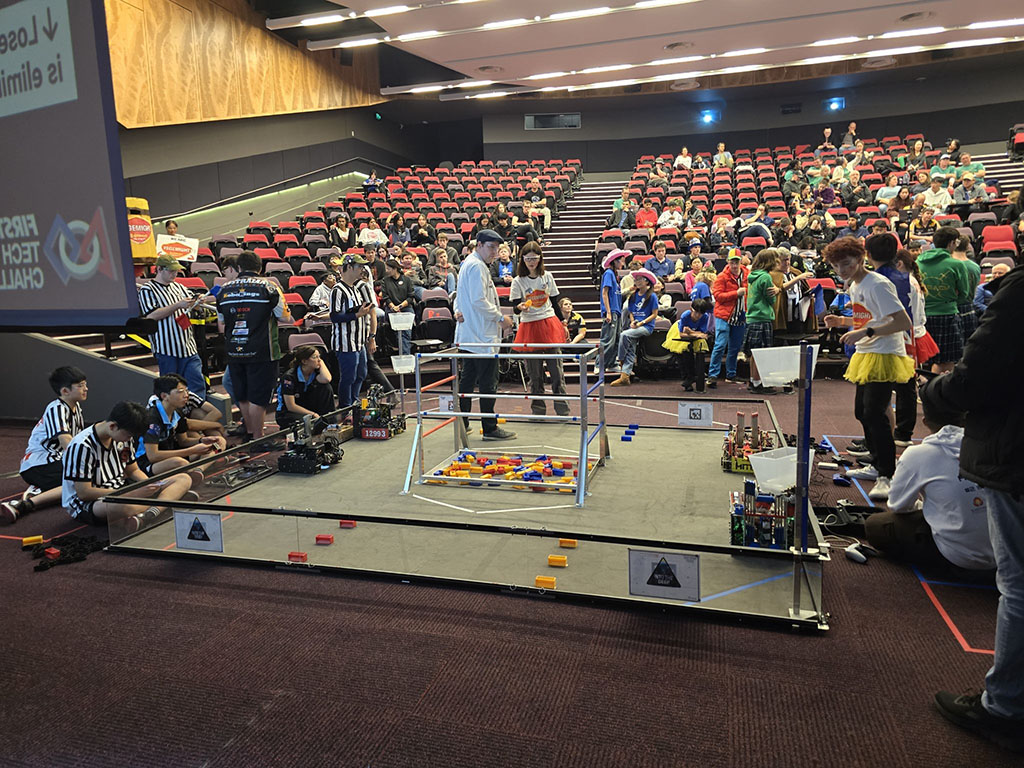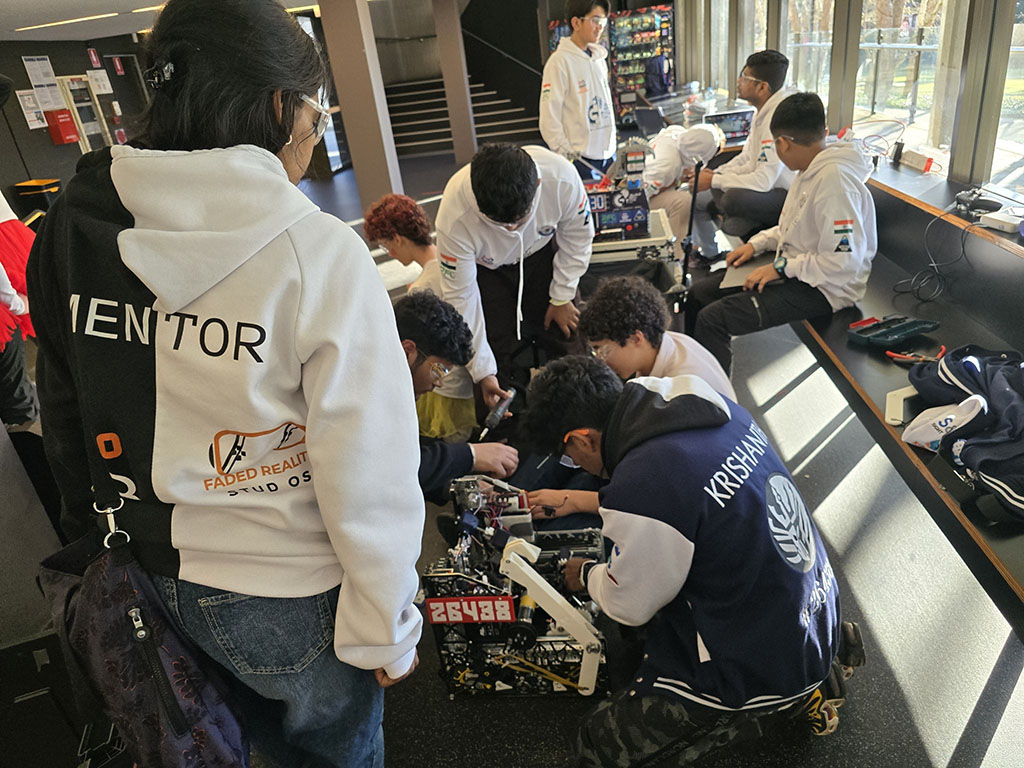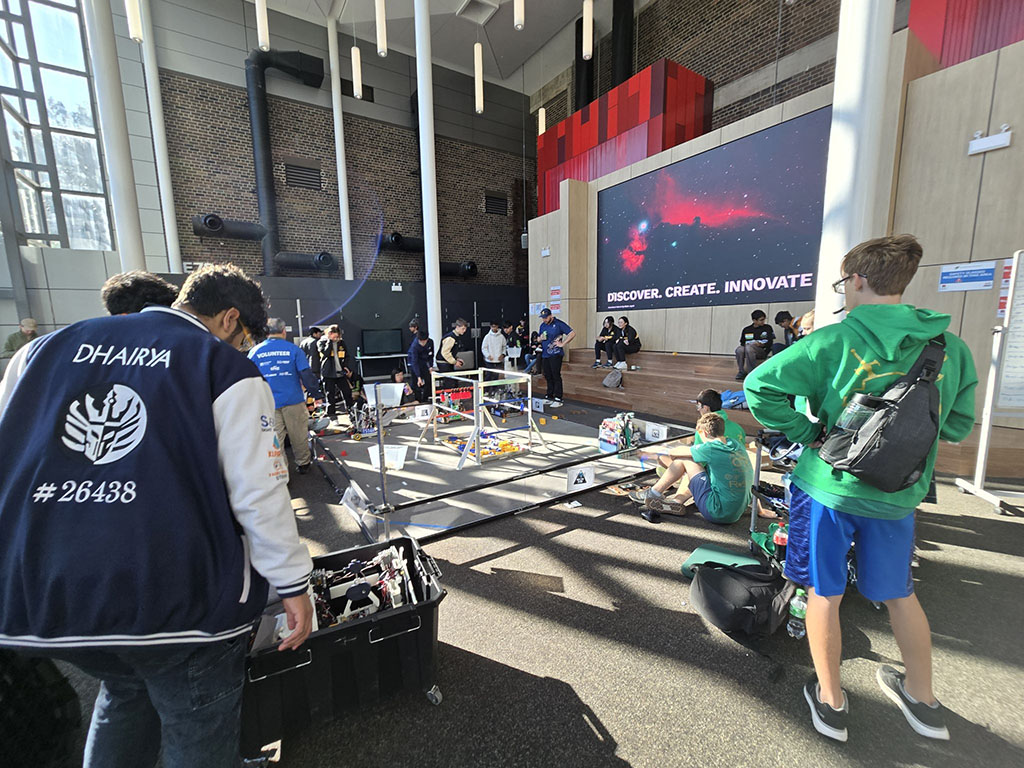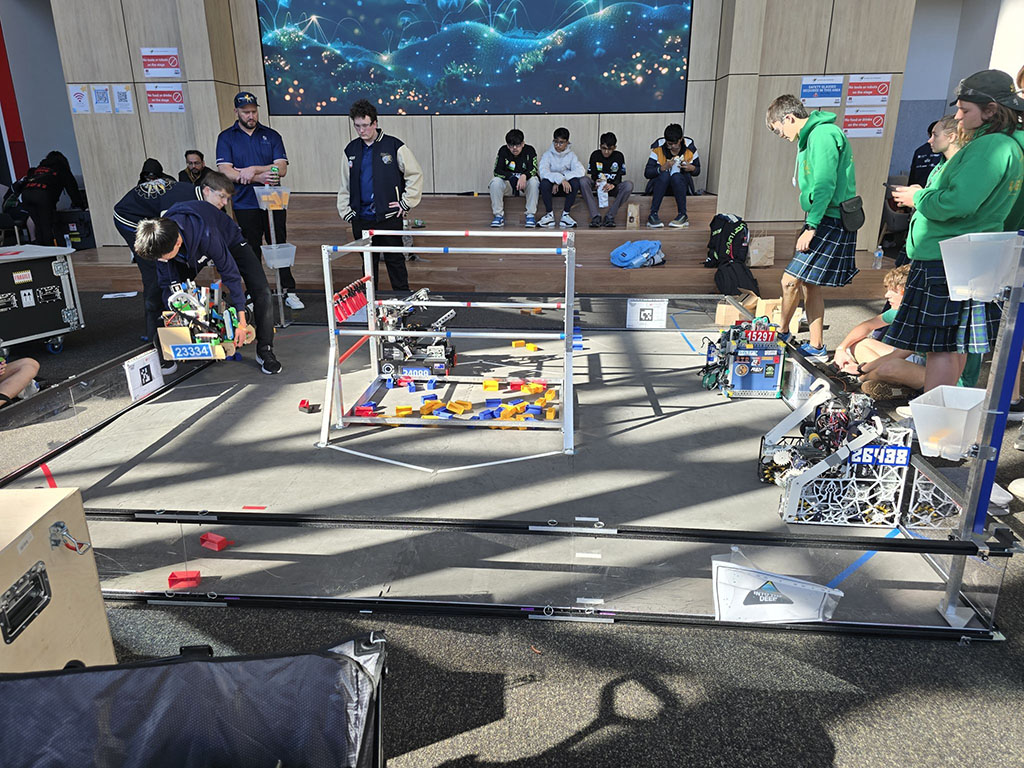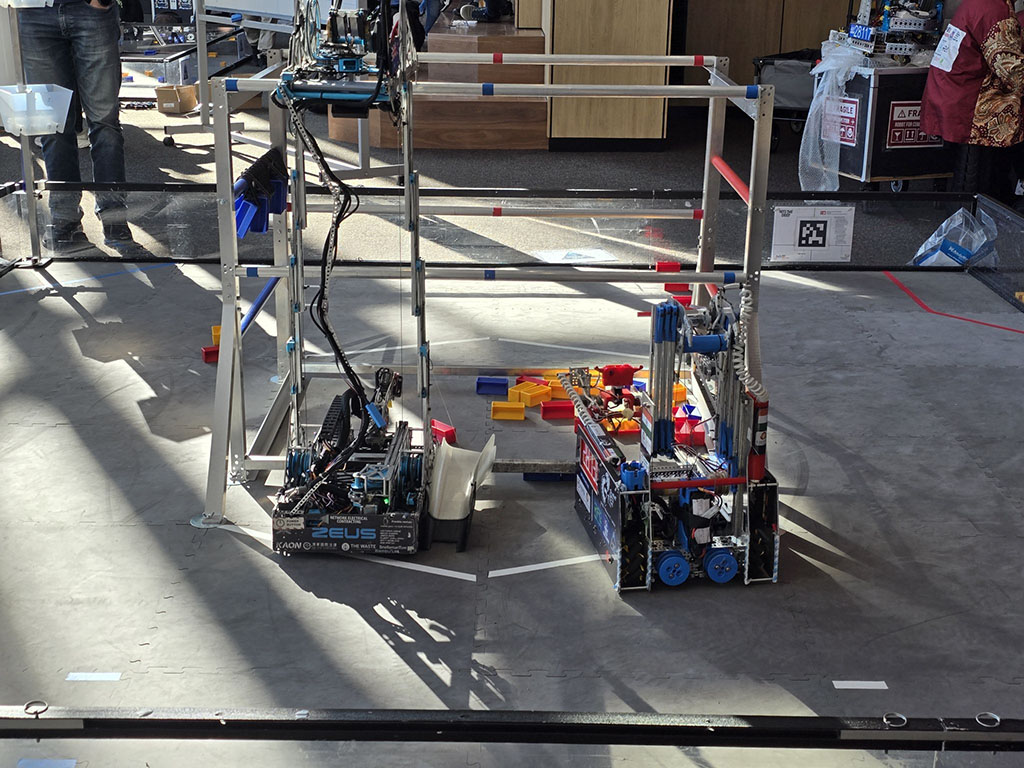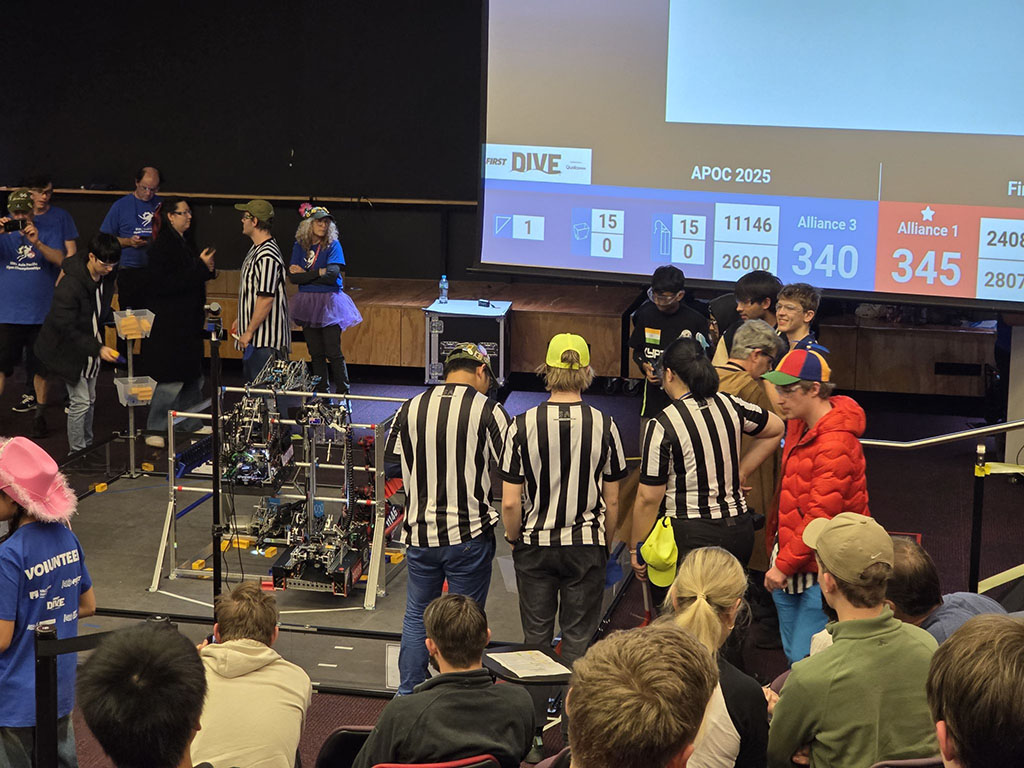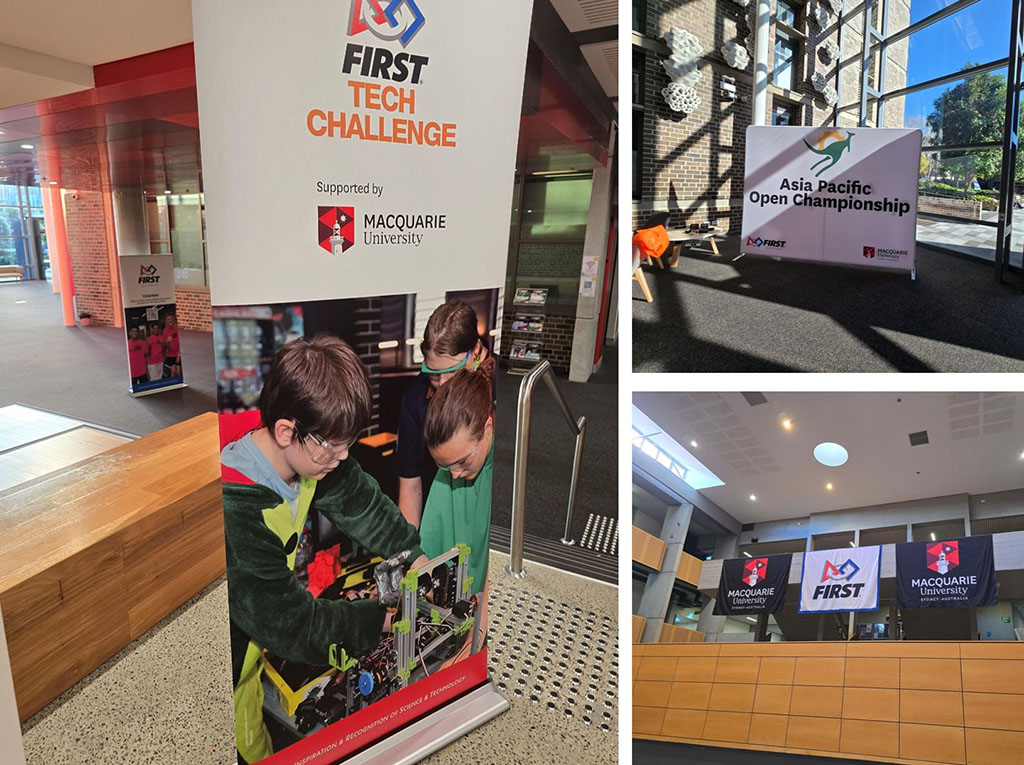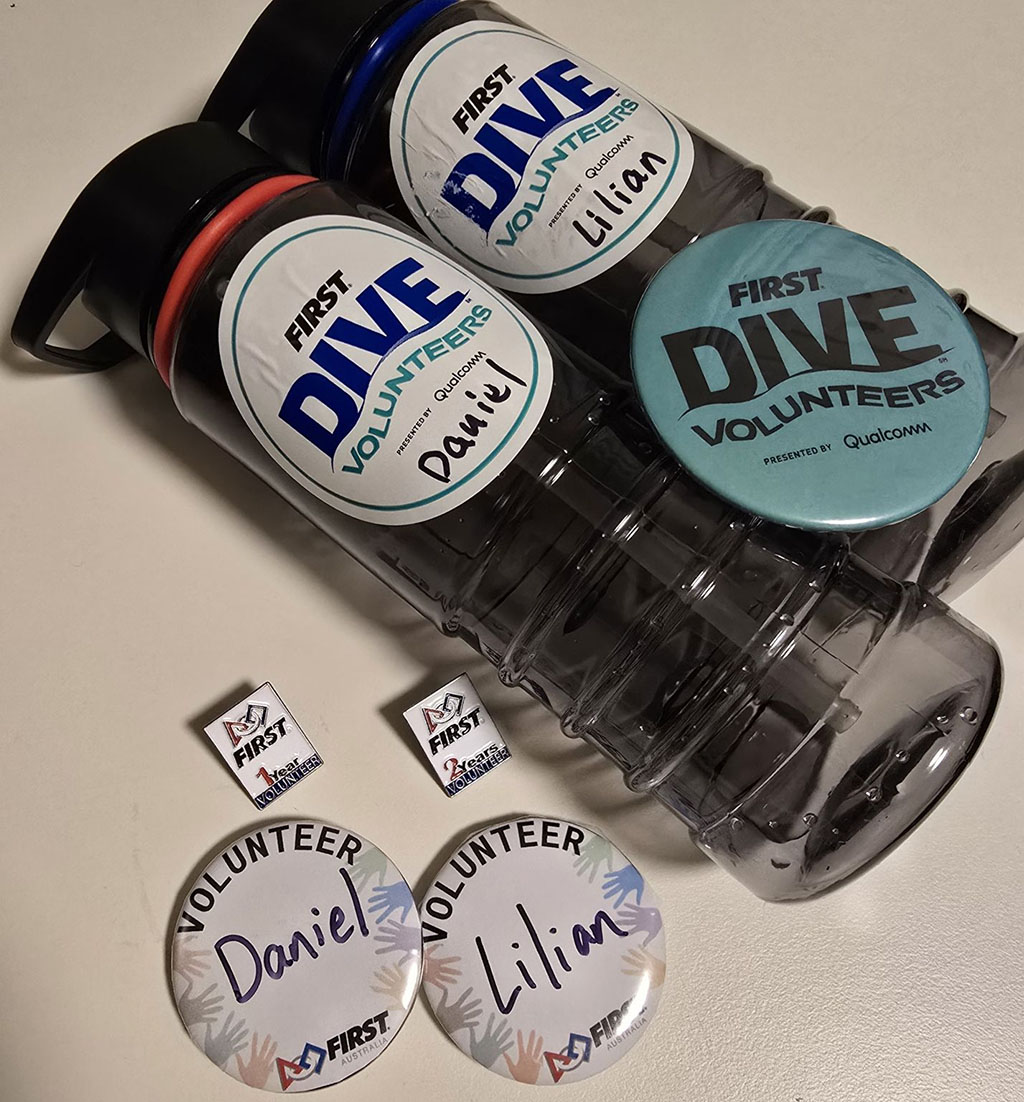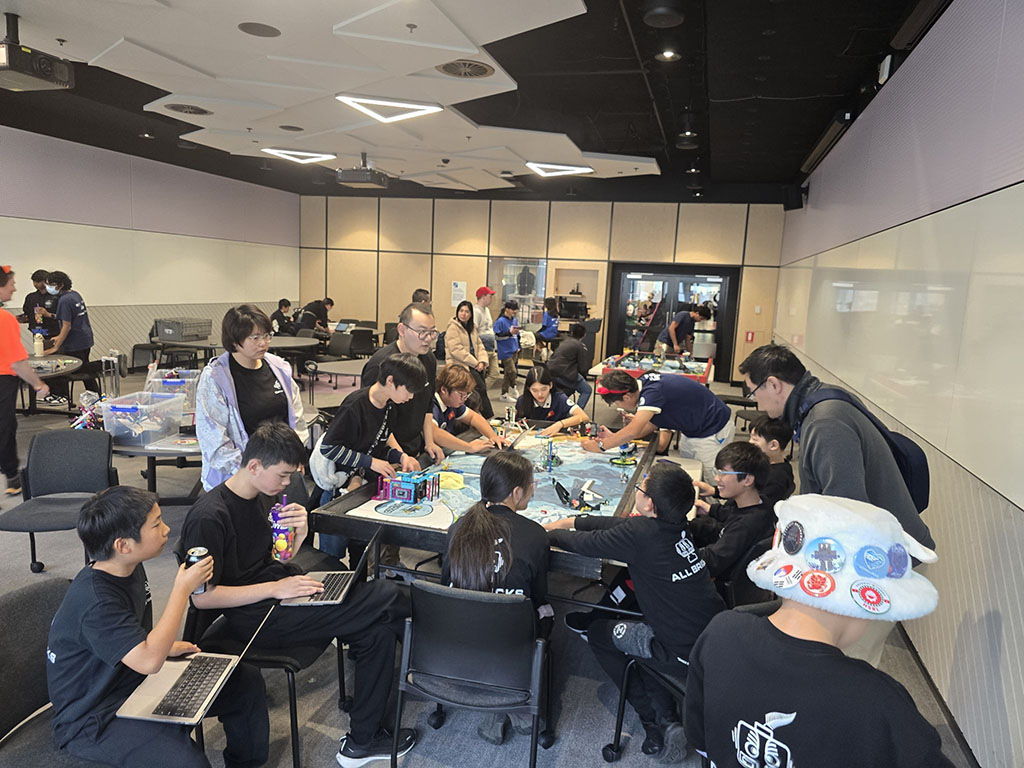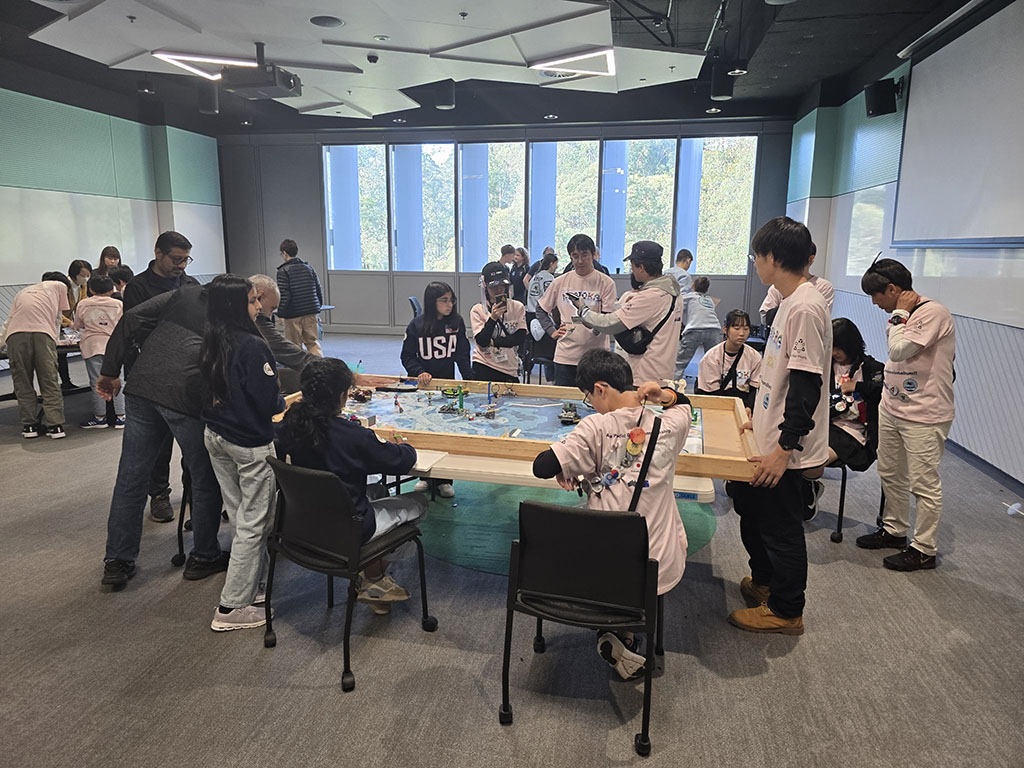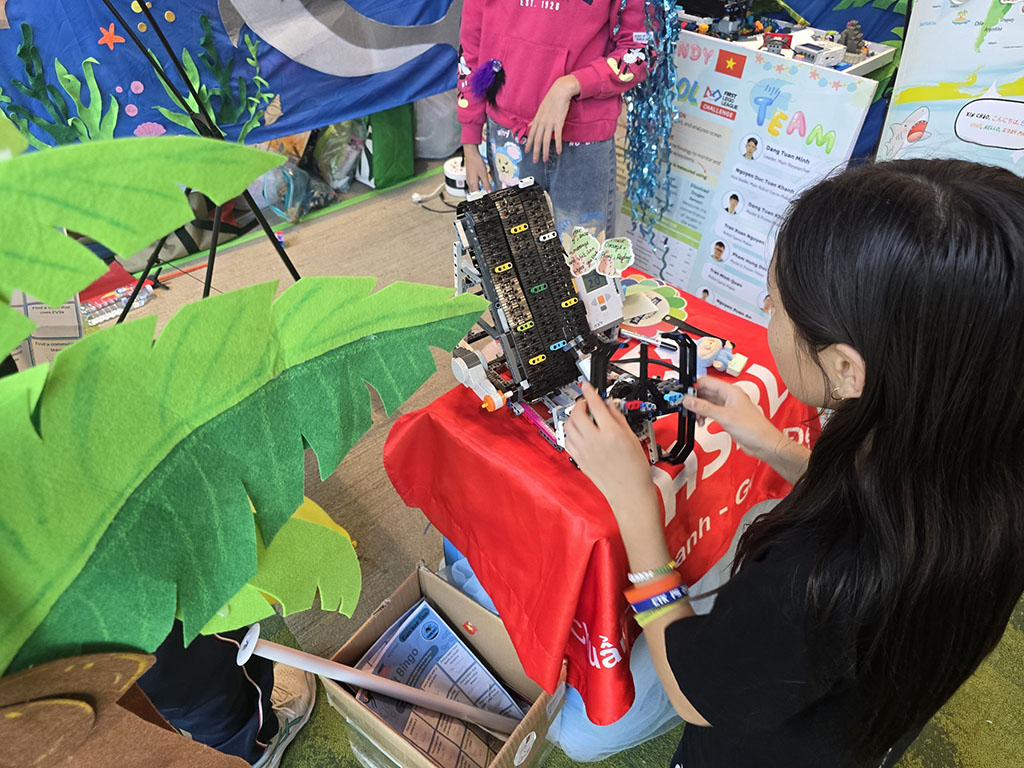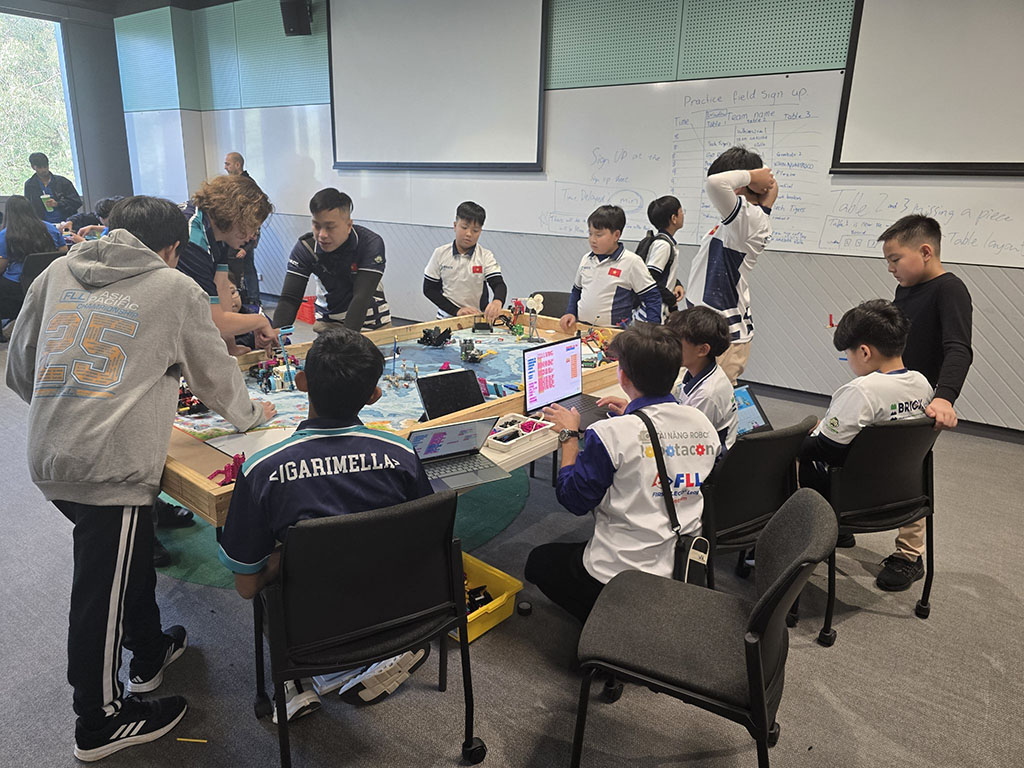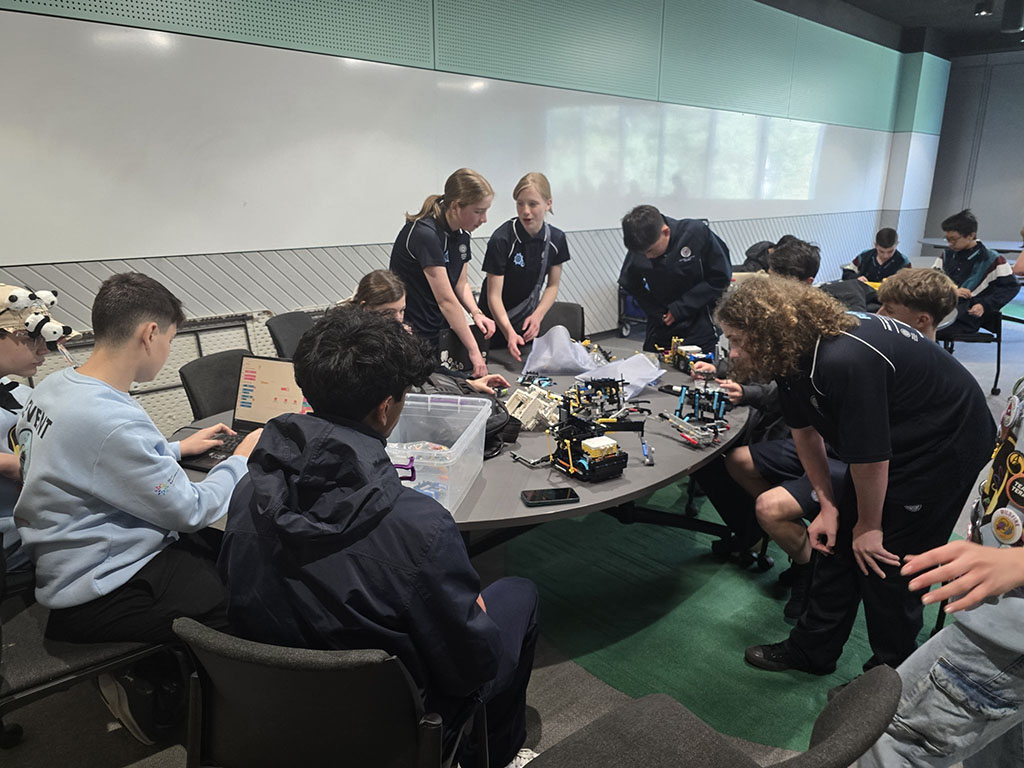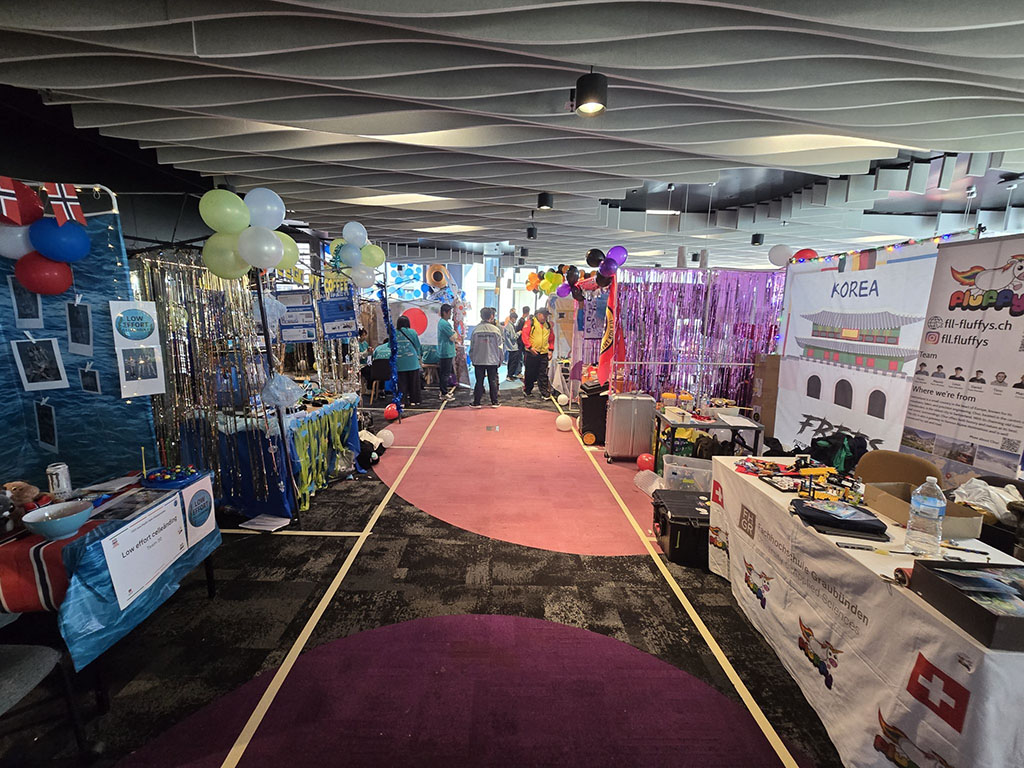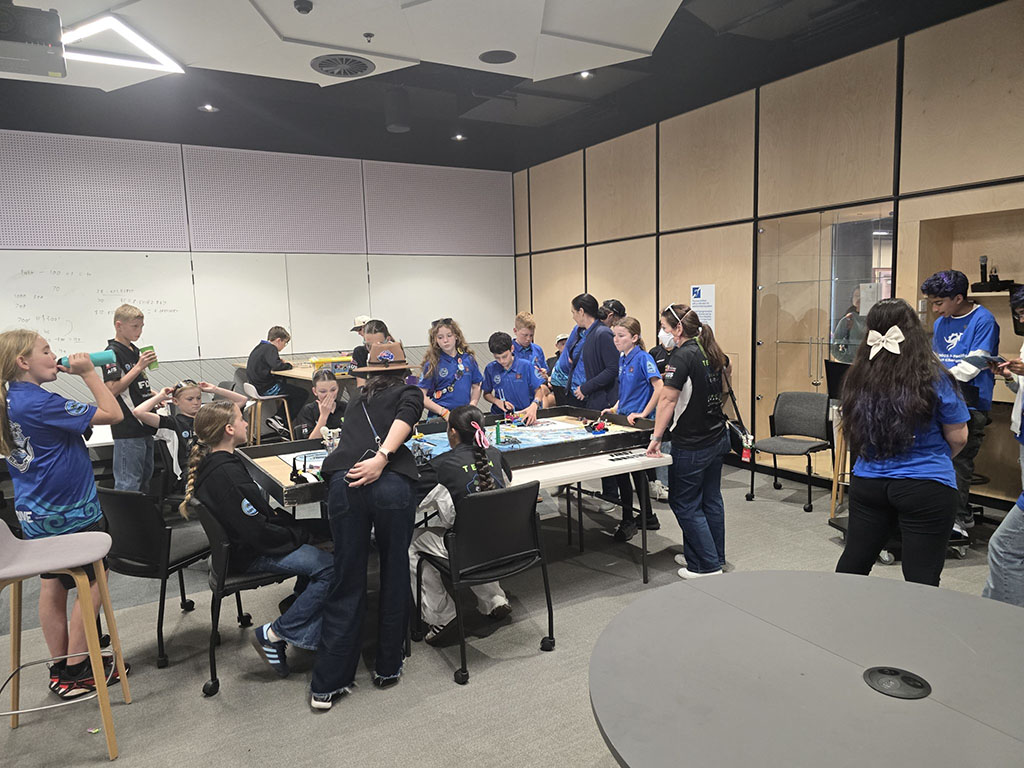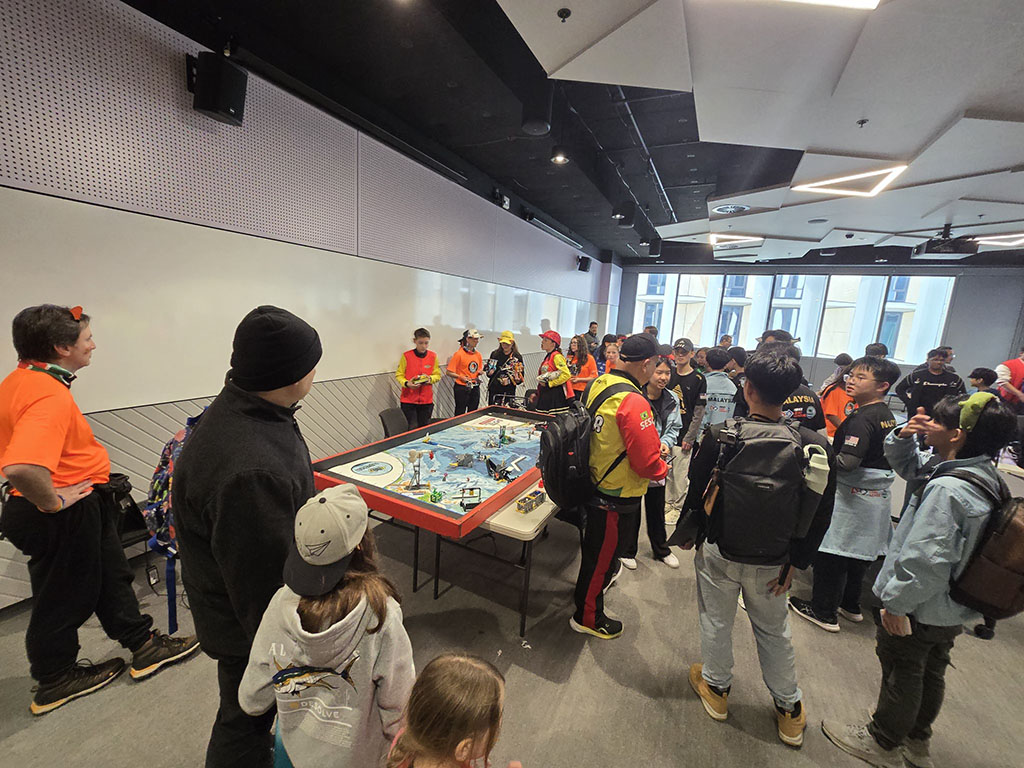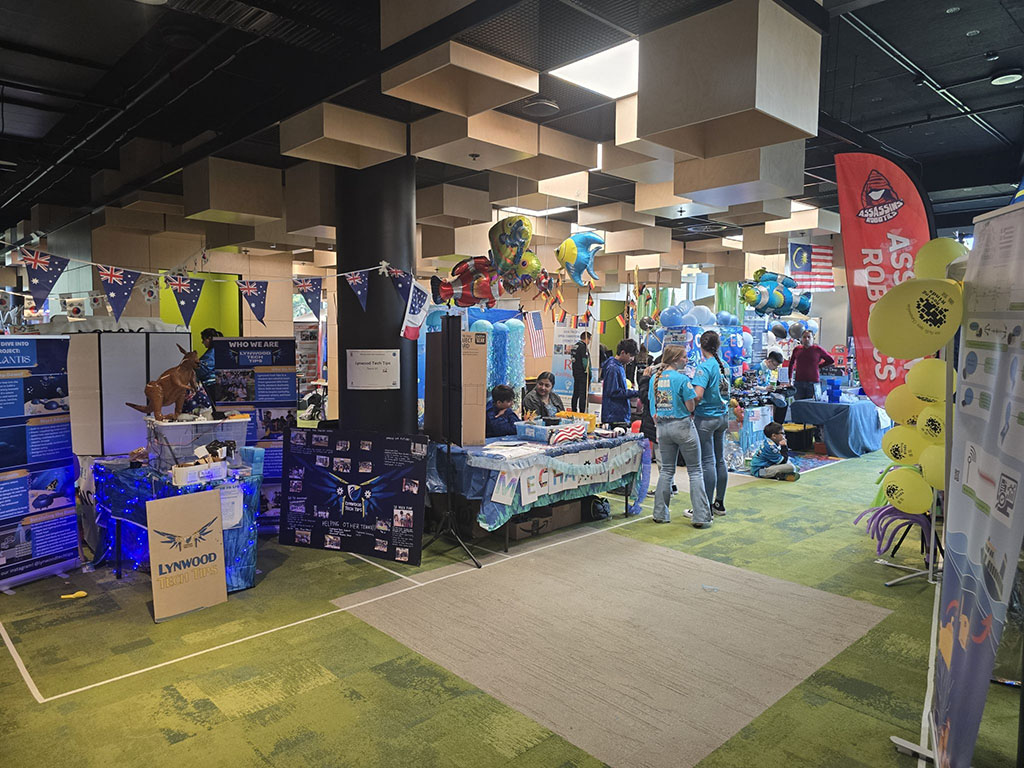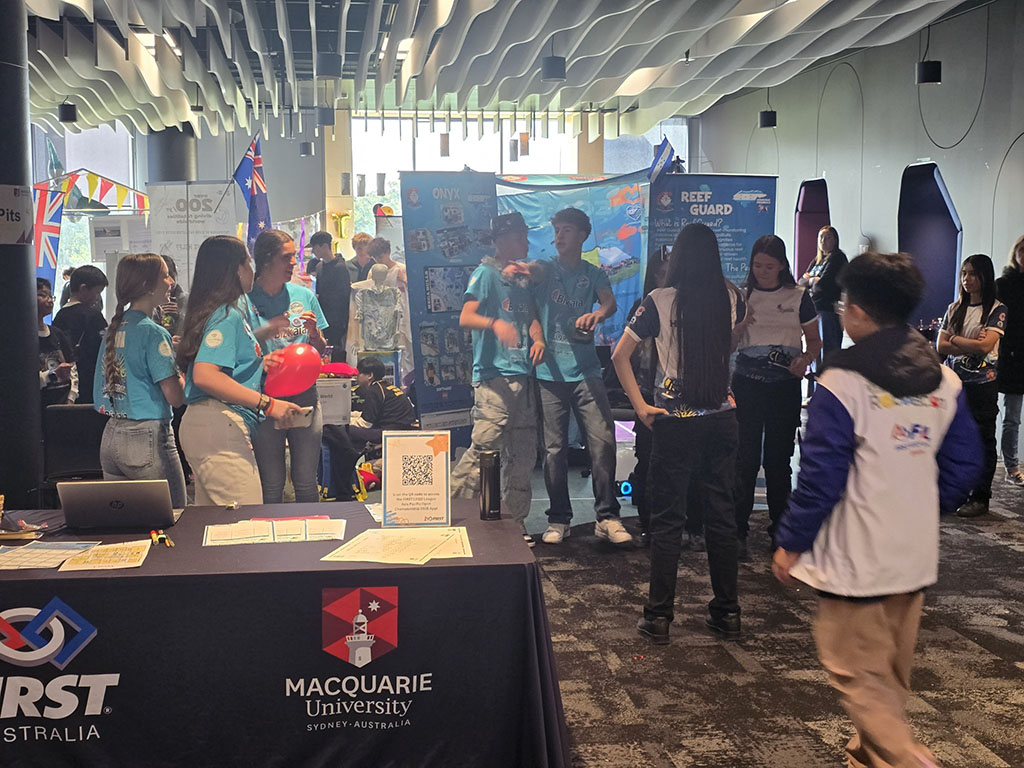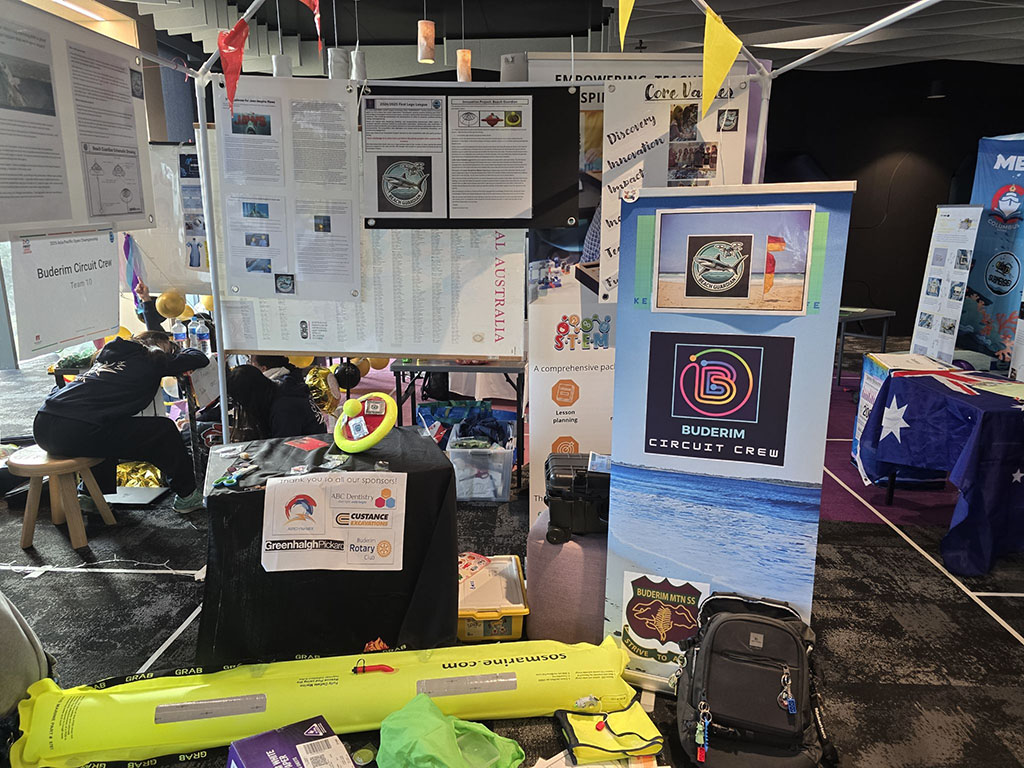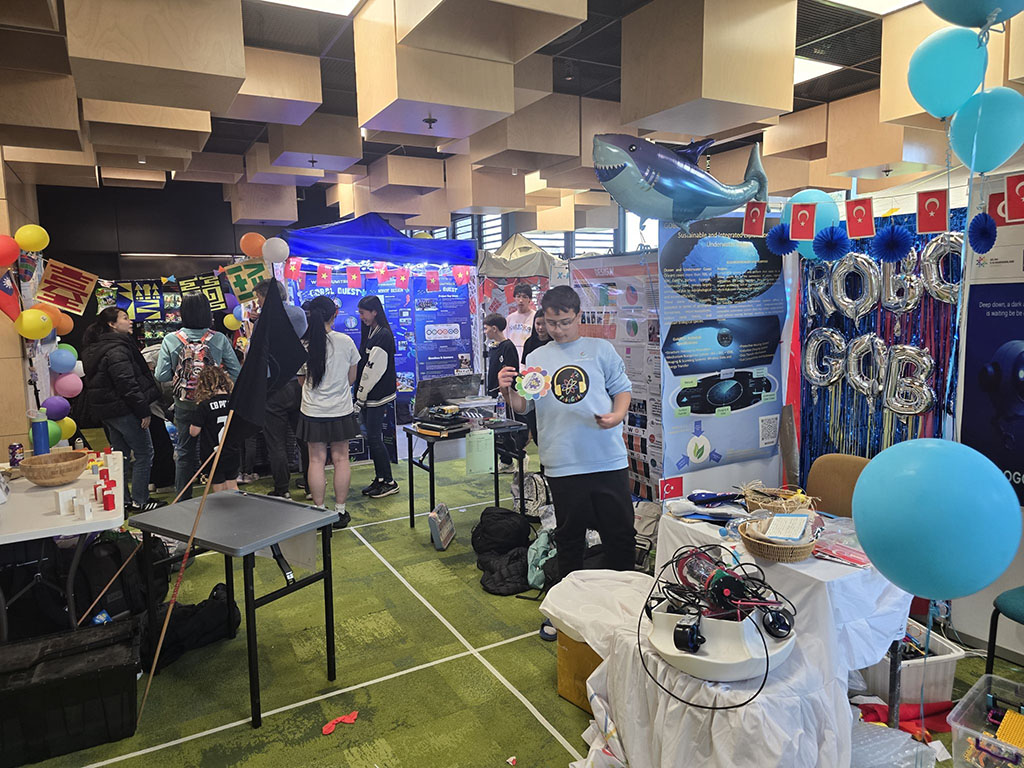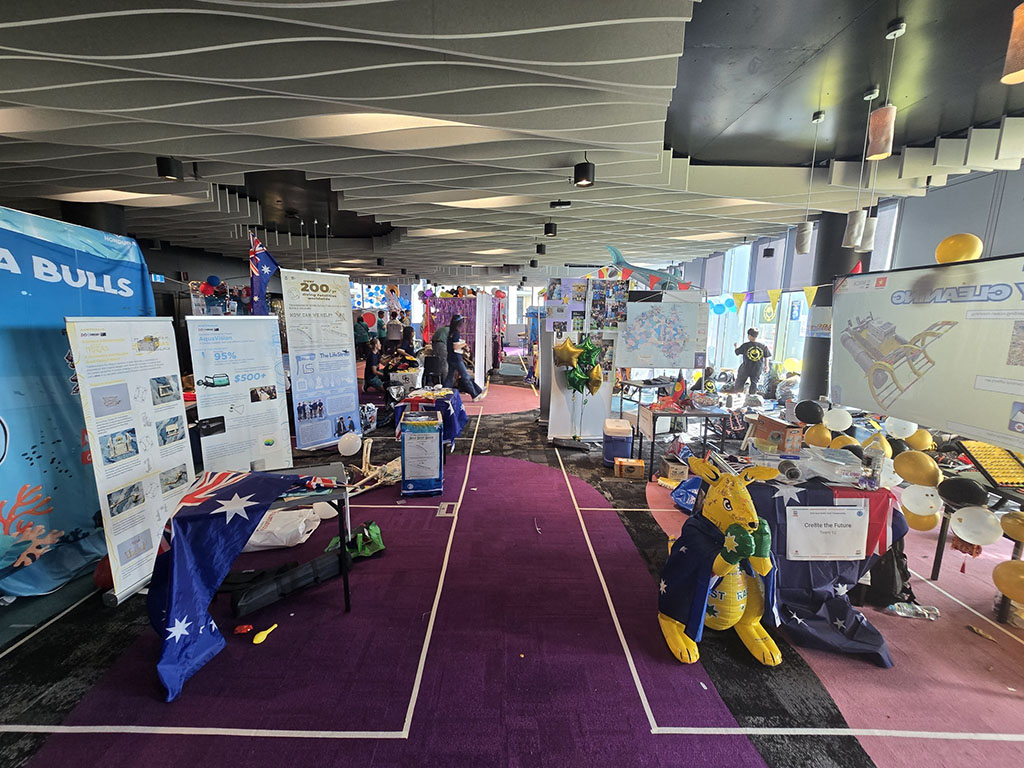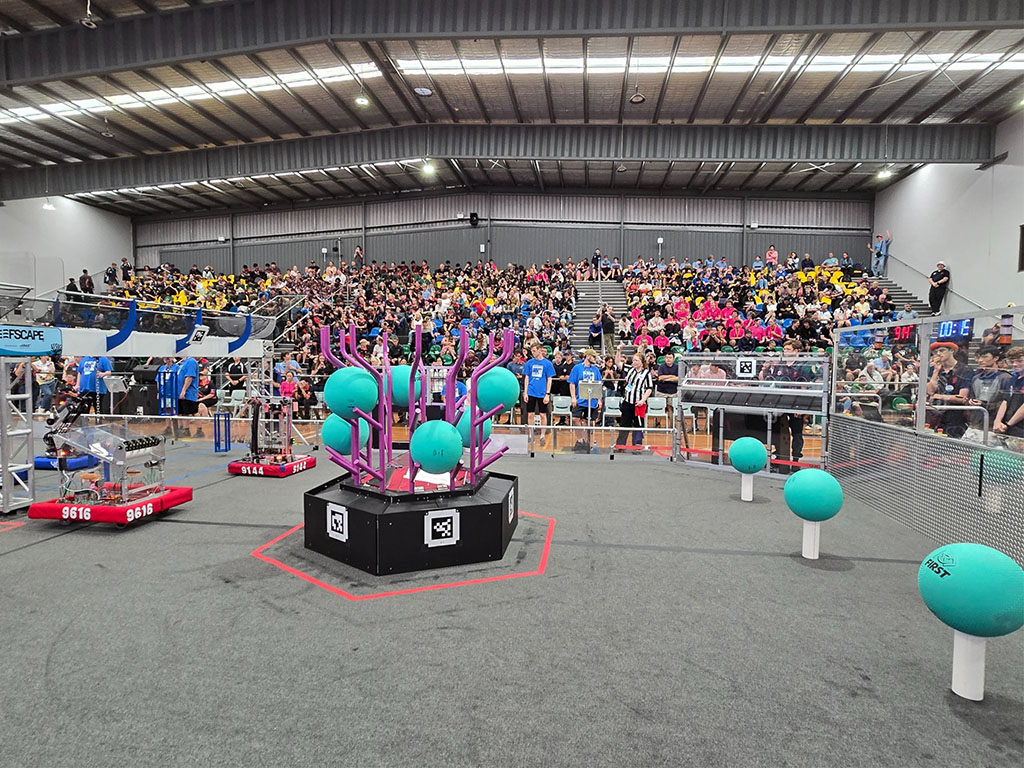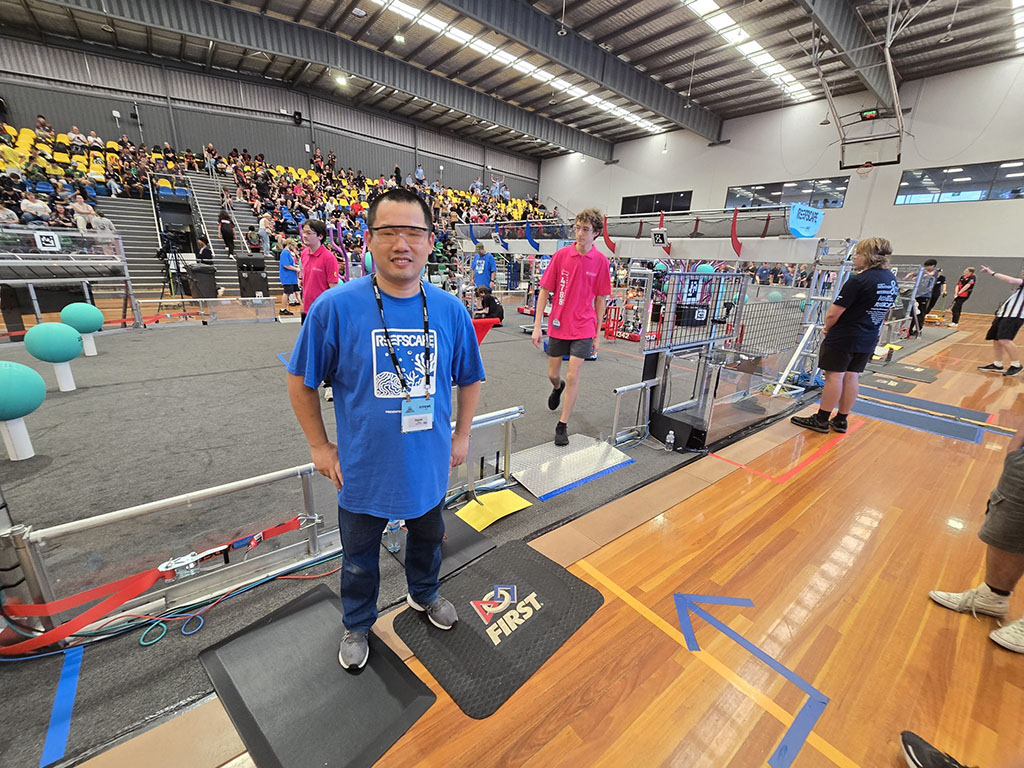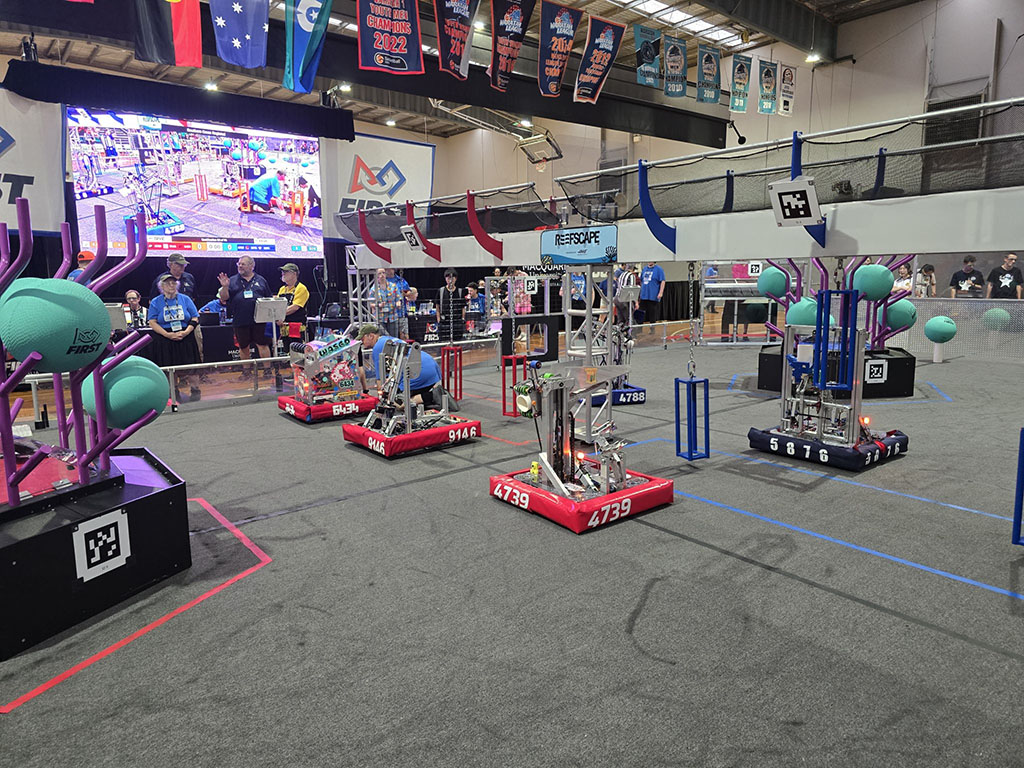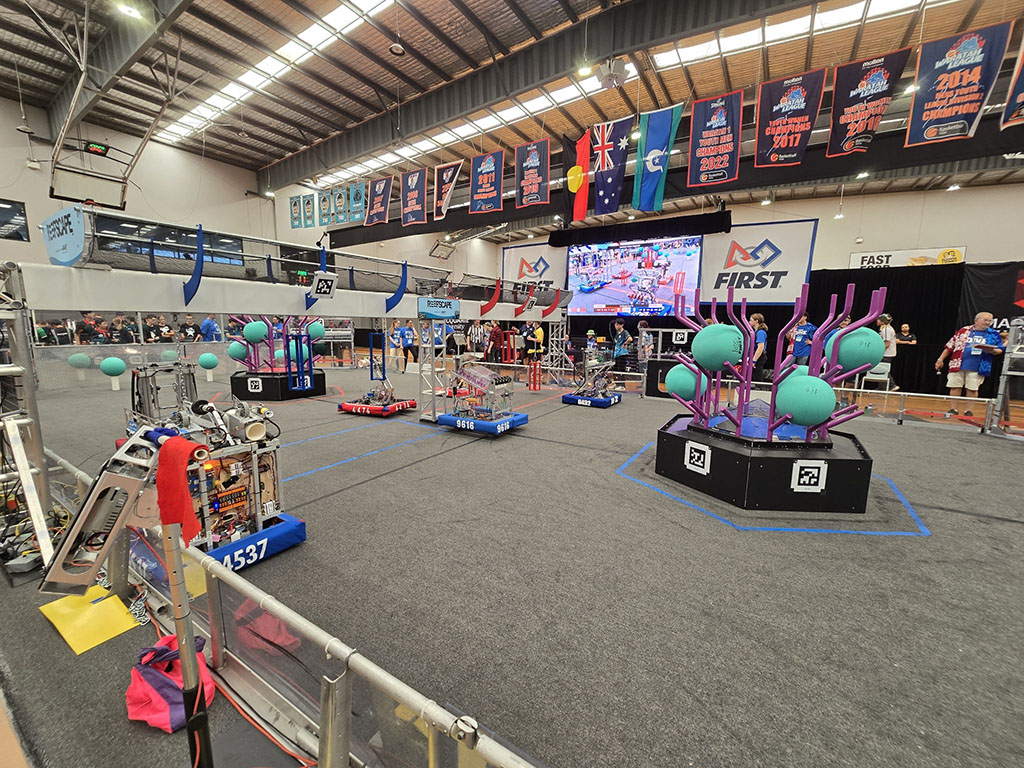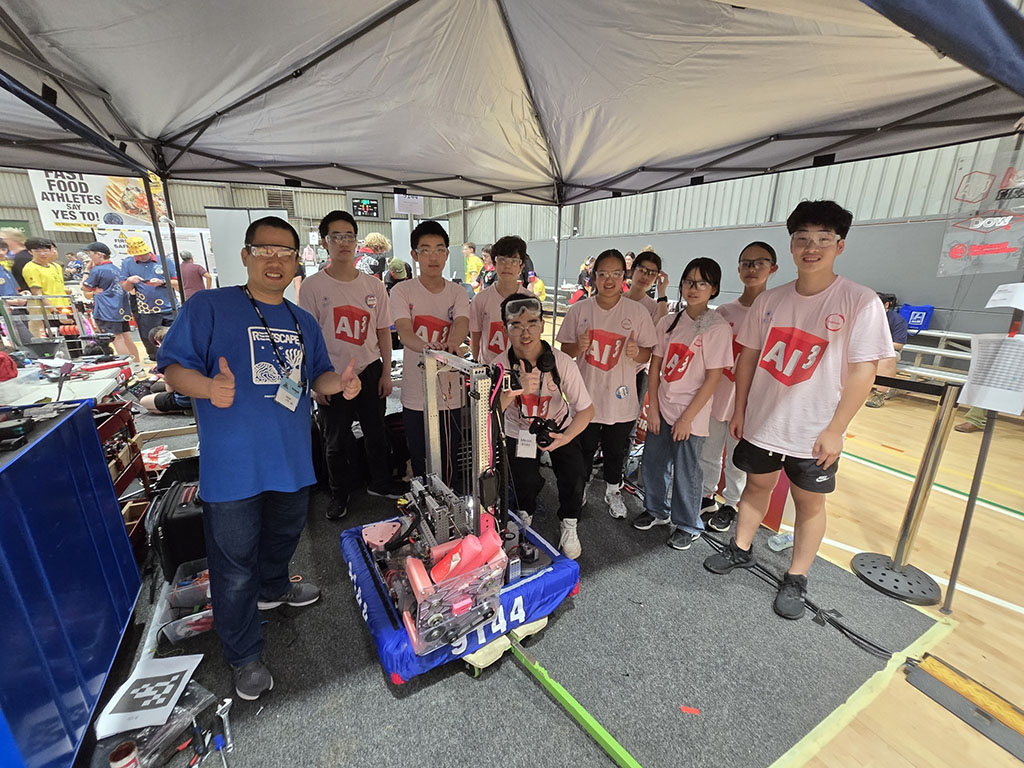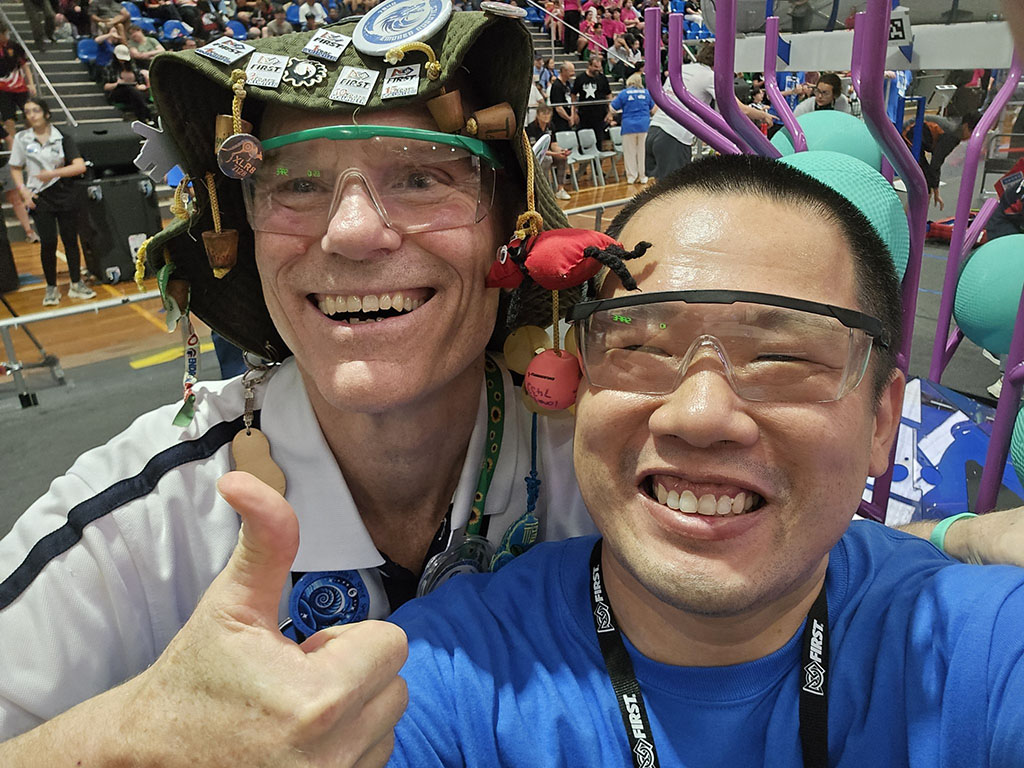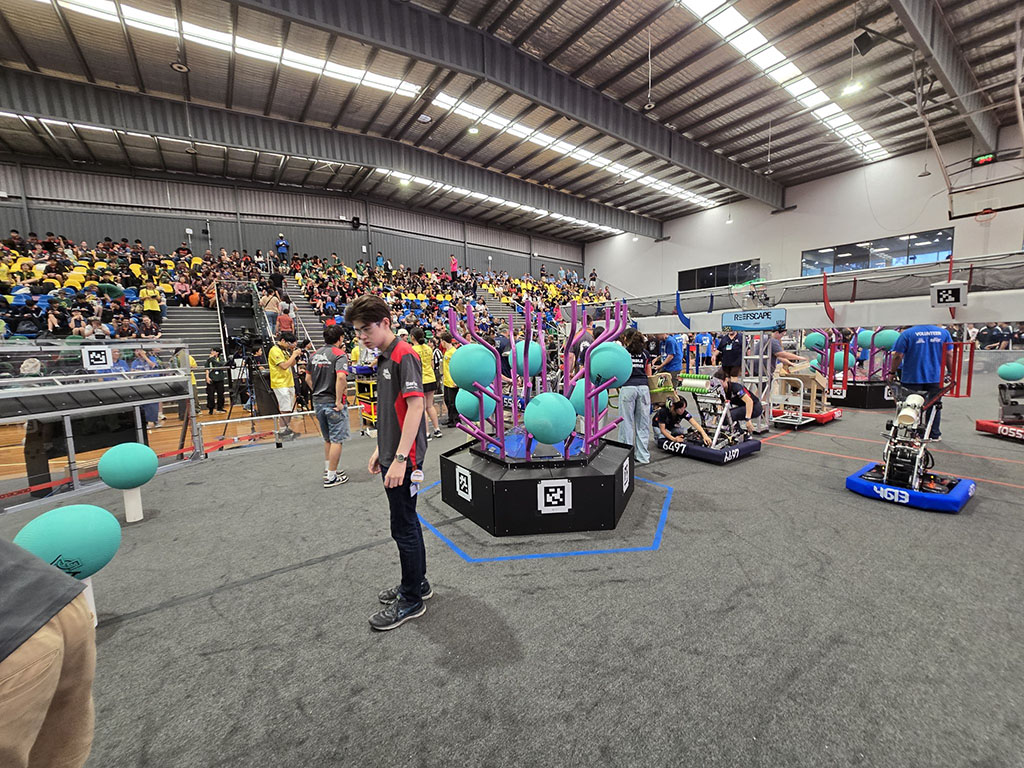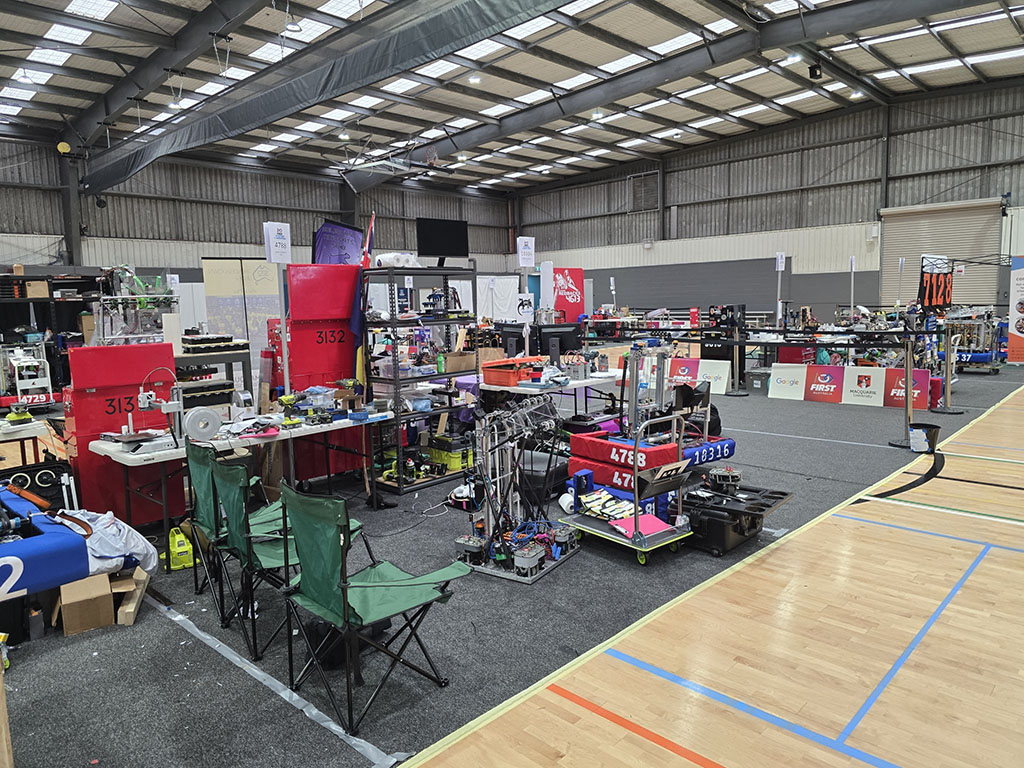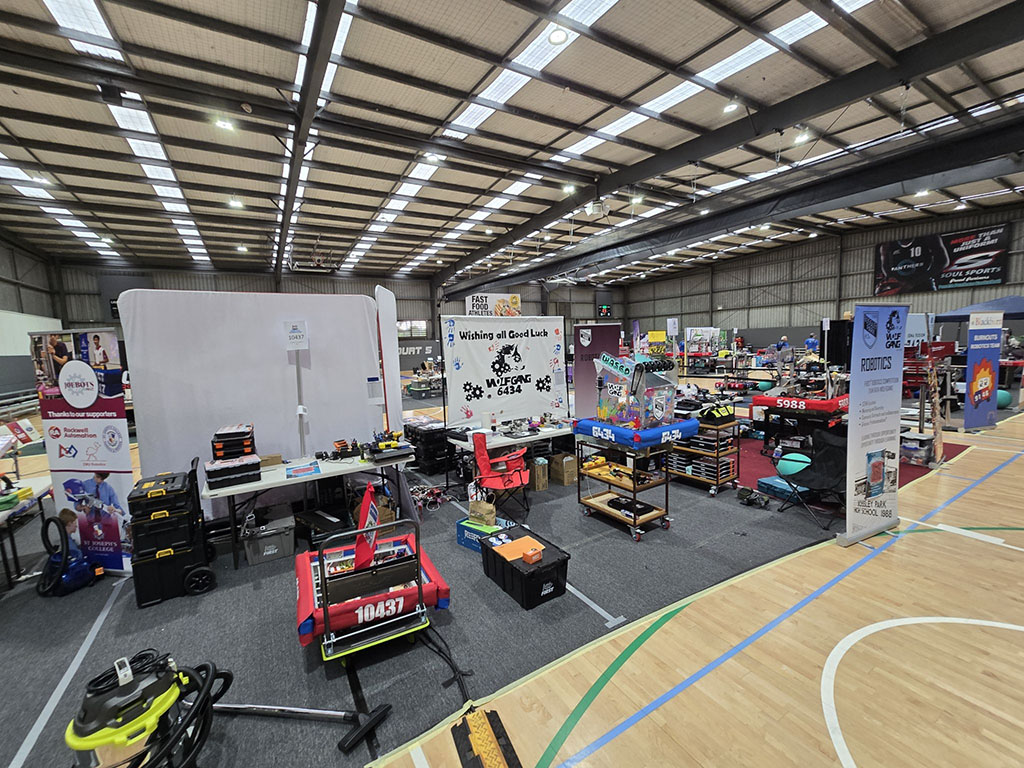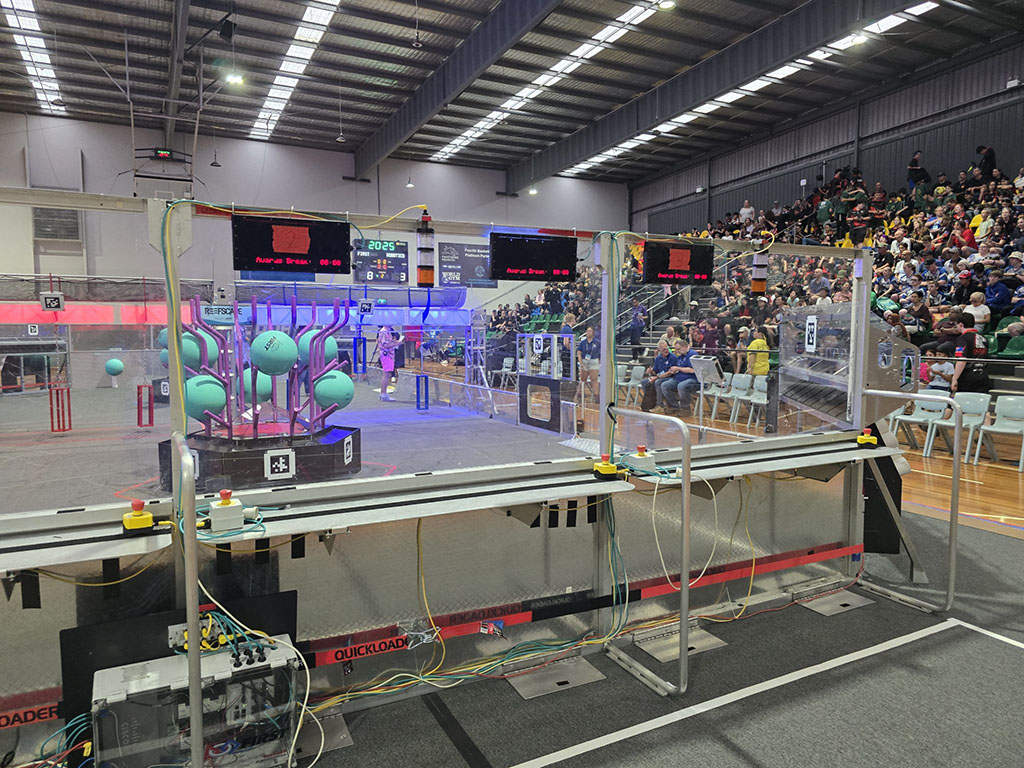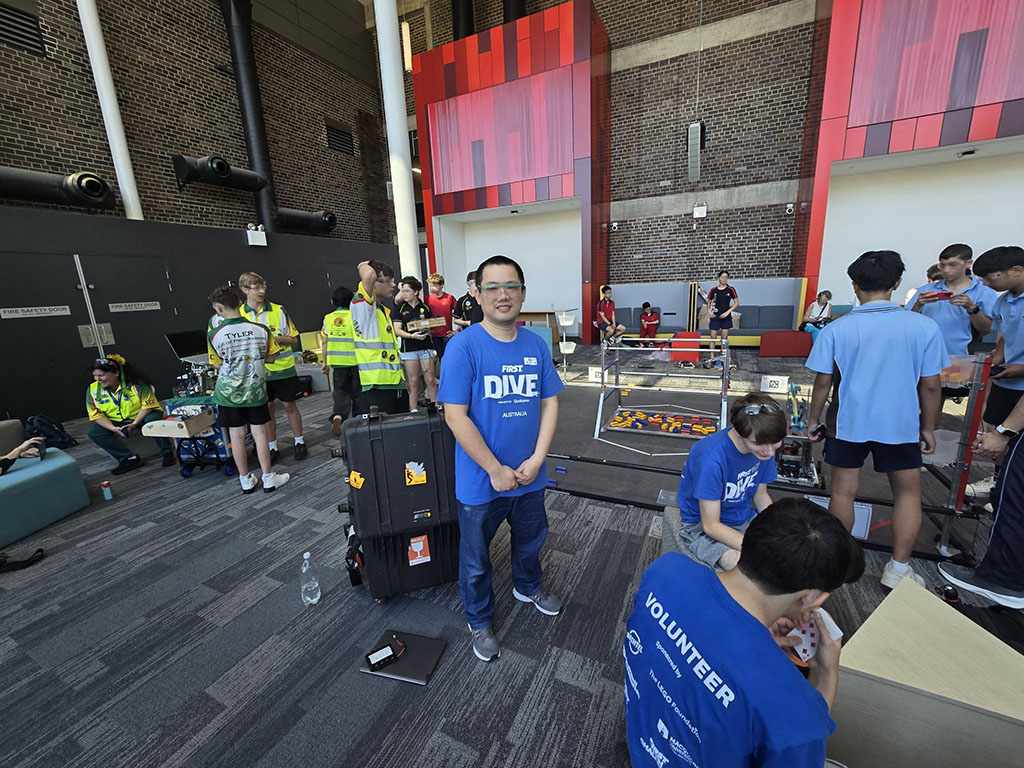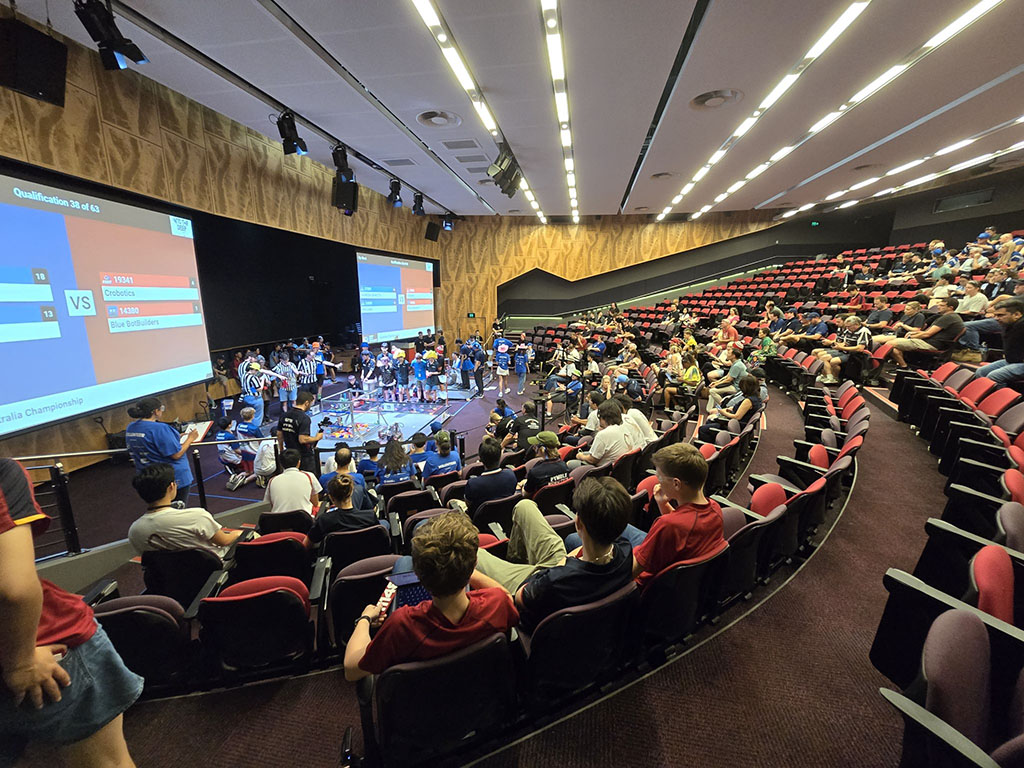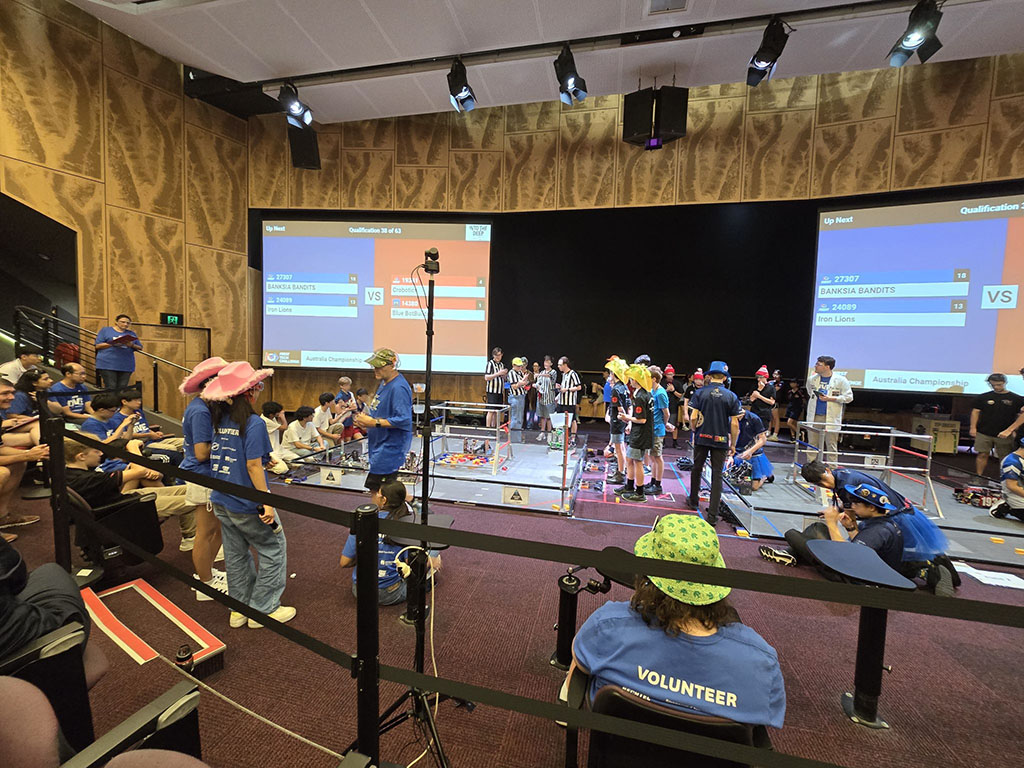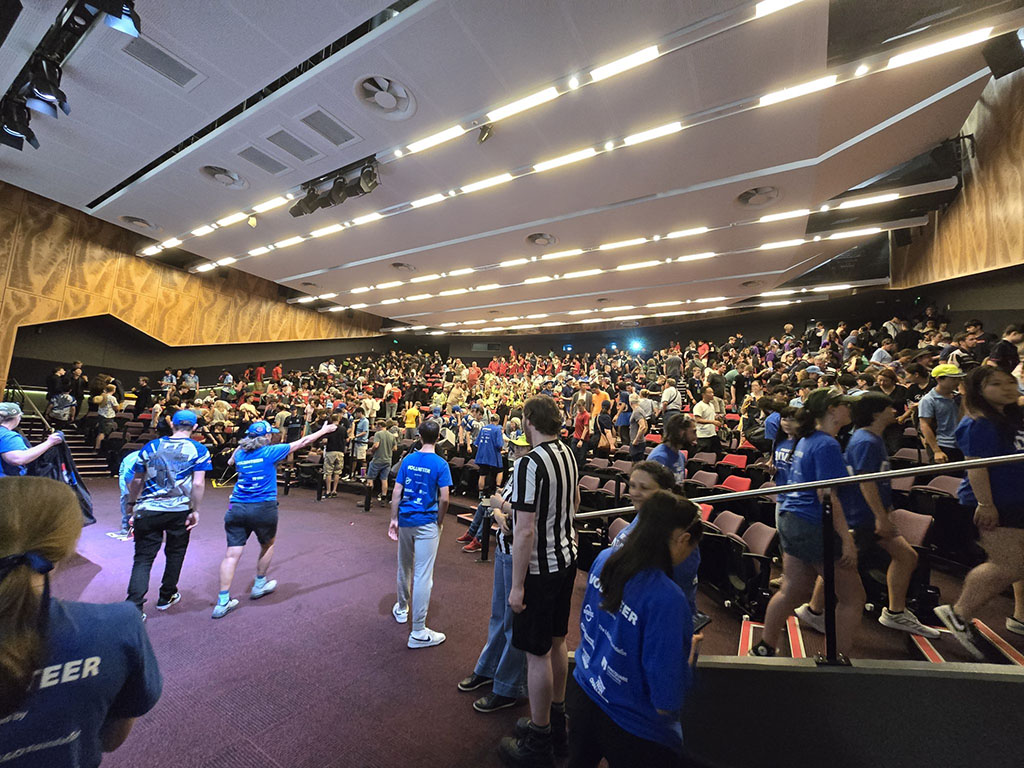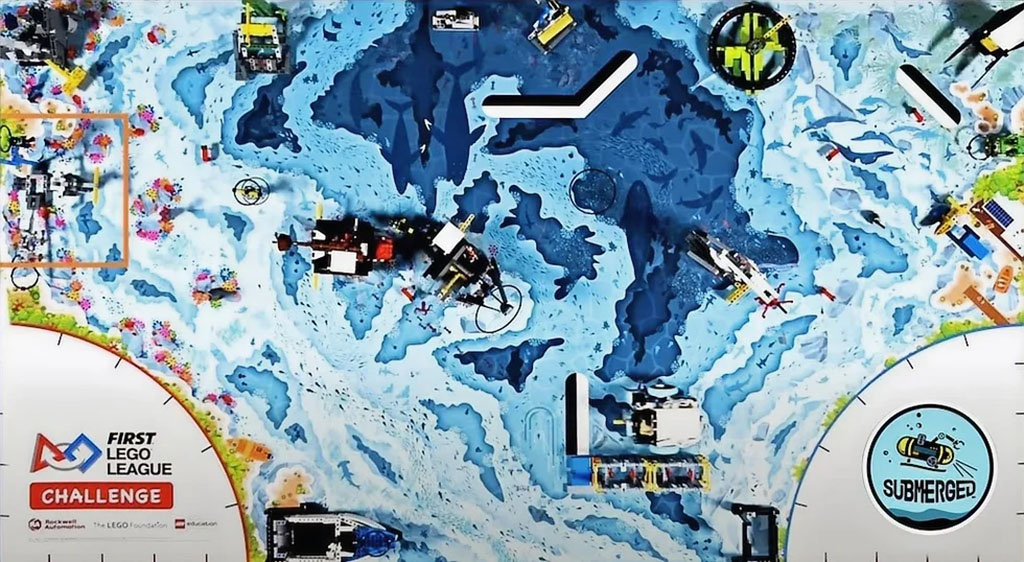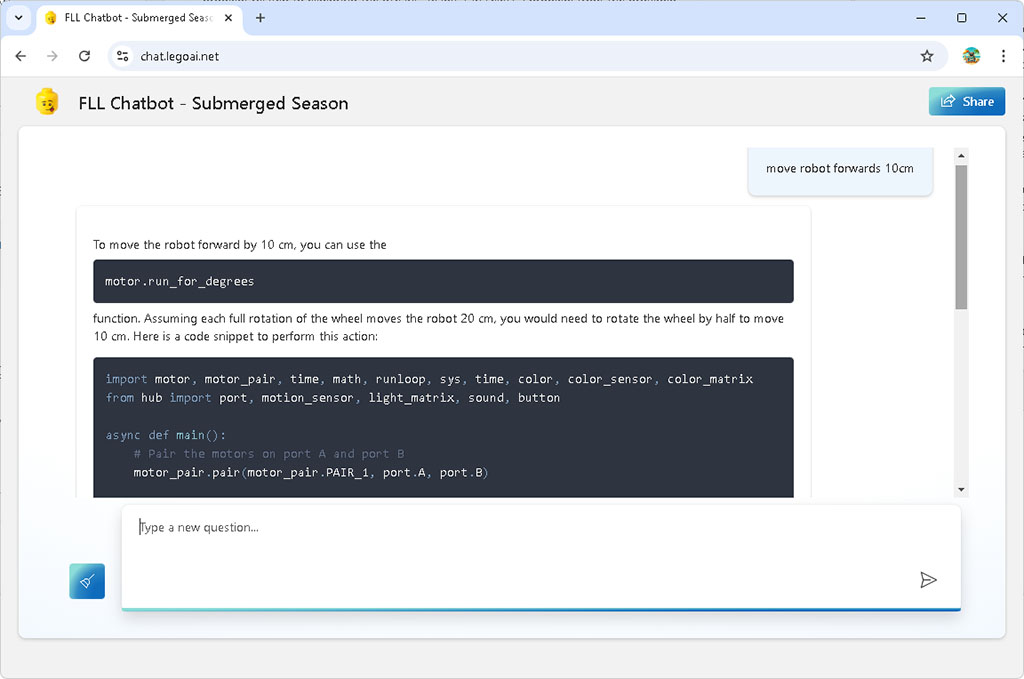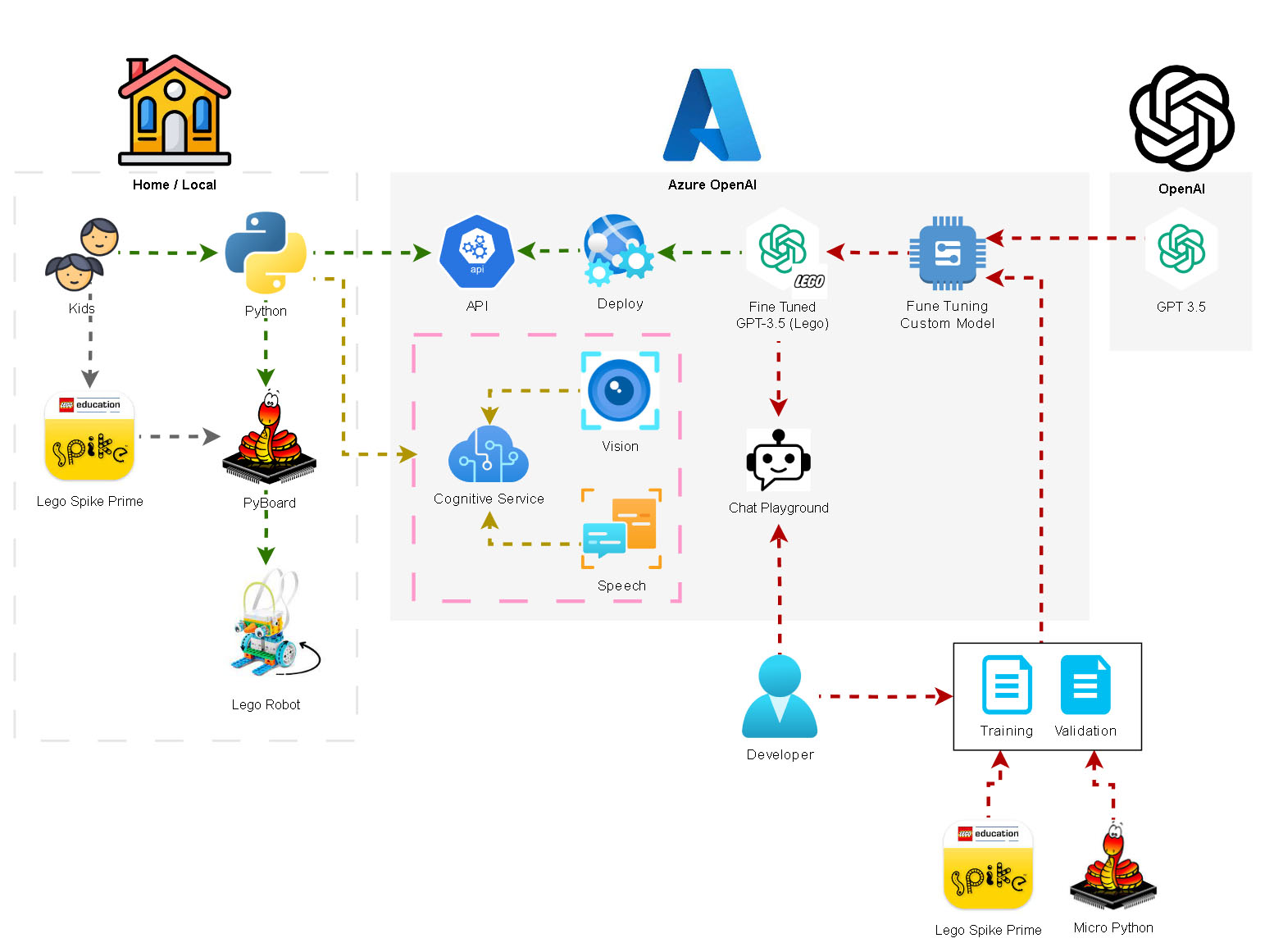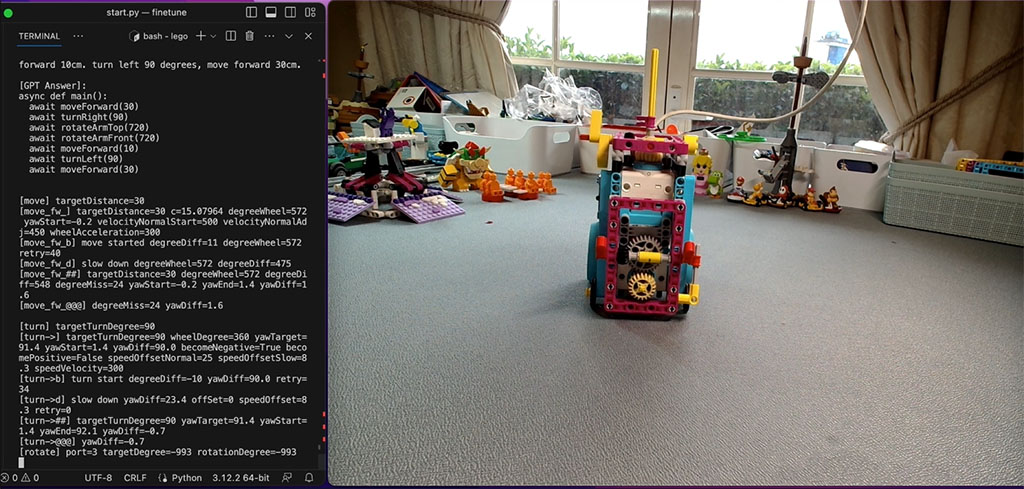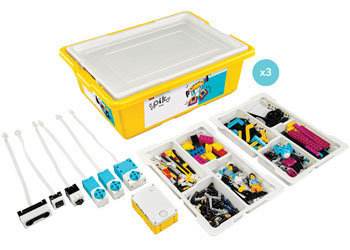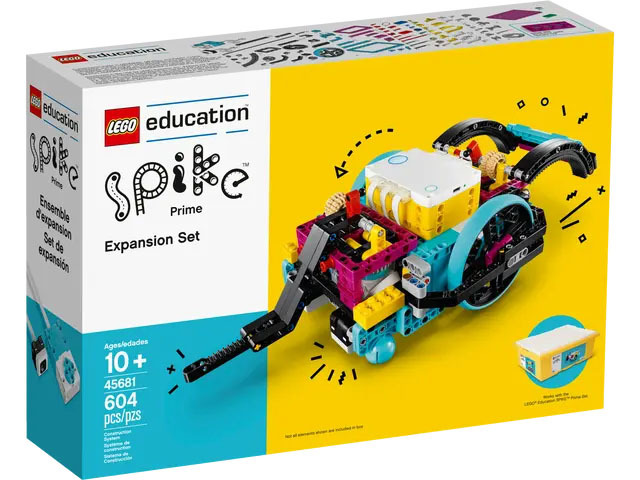FTC Into the Deep - Asia Pacific Open Championships
🏆Huge Congrats to Team Iron Lions (AU) & Kryptonite (IN) – Winners of the FIRST Tech Challenge (hashtag#FTC) Robot Game @ Asia Pacific Championship 2025! 🎉👏 I accidentally stepped into the TOUGH role: Queuer, a.k.a. The Runner 🏃♂️💨 as I returned to Macquarie University to volunteer at this epic event!
Equipped with my walkie-talkie 📻, I was on the move all day between the MQ Theatre 🎭, Practice Fields ⚙️, and the Pits 🔧, chasing down teams and making sure they were ready for their matches! It is not easy...
20 incredible teams 🌍 from Australia, New Zealand, Romania, USA, China, South Korea, UAE, and India – all bringing their A-game to the hashtag#FTC arena! 🤩 And wow – the hashtag#robots were sleek, smart, and absolutely mind-blowing 🤯✨. The design, hashtag#innovation, and hashtag#teamwork behind each one left me speechless. This is what hashtag#STEM is all about! 💡🛠️
✨ Special moment for me this time – my daughter finally hit the minimum age to volunteer 🎉 and joined me for the first time! 💕 So proud to share this experience with her. (Guess who she is in one of the pics? 😄📸)
Big shoutout to our incredible queuer squad: Shie (MQ Student) & Umar (Y9 Student) and me, led by the legendary Jo (15 years voluntering) 💪🔥. Can’t believe how intense this role is… I couldn't feel my legs by the end of the day 😅 (started at 7AM and wrapped up at 5PM!).
Huge shoutout to all the brilliant teams, coaches, volunteers, judges, and referees (Jo, Mark, Garry, Mary-Jane, Jim) 🙌 - and a massive appreciation to the amazing event organisers FIRST Australia (Lisa, Aaron, Will) who ran the show behind the scenes! 🎯👏
Wanna be part of an event like this, don't hesitate - jump in, volunteer, and experience the energy, teamwork, hashtag#GraciousProfessionalism (clap, clap, cheer!).
